Pyonyang isn't as hard to get into as most may think. Air Koryo flies regularly to various cities in China. I picked up my visa at the airport, got a quick briefing, and was ready to board!
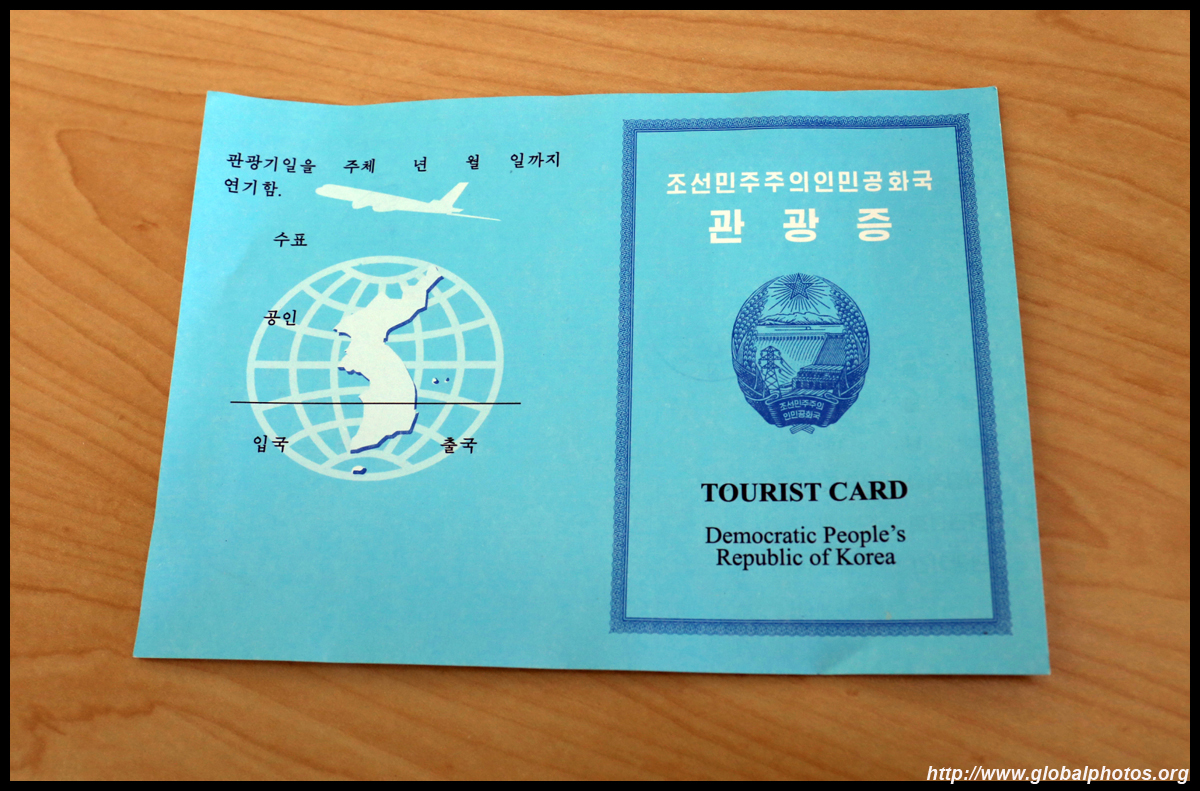
I was quite excited to see the sea of Air Koryo jets upon landing. We parked at the new international terminal, with immigration being a breeze and customs a bit curious about my electronics gadgets but the agents were courteous.
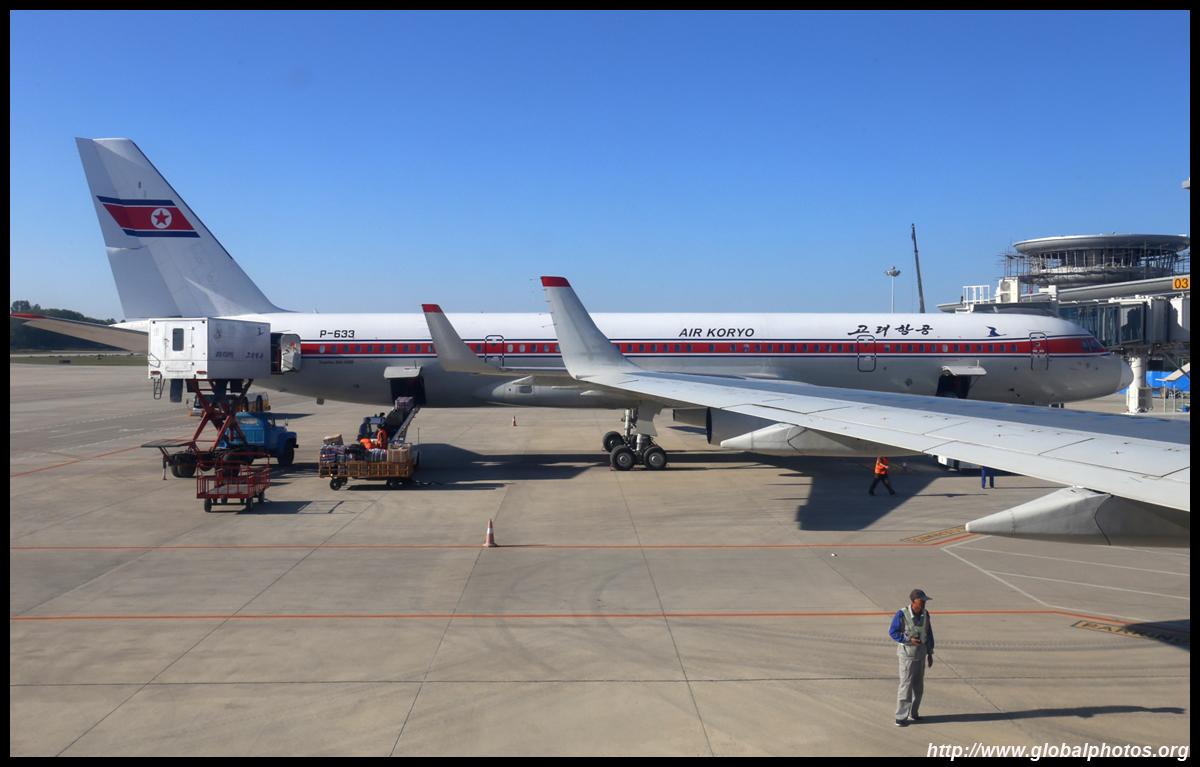
A lady dressed in traditional clothes led the tour of President Kim Il Sung's birthplace at Mangyongdae. THe compound is in a leafy park in the outskirts. The vegetation smelled wonderful and it was hard to believe their leader had such humble beginnings.
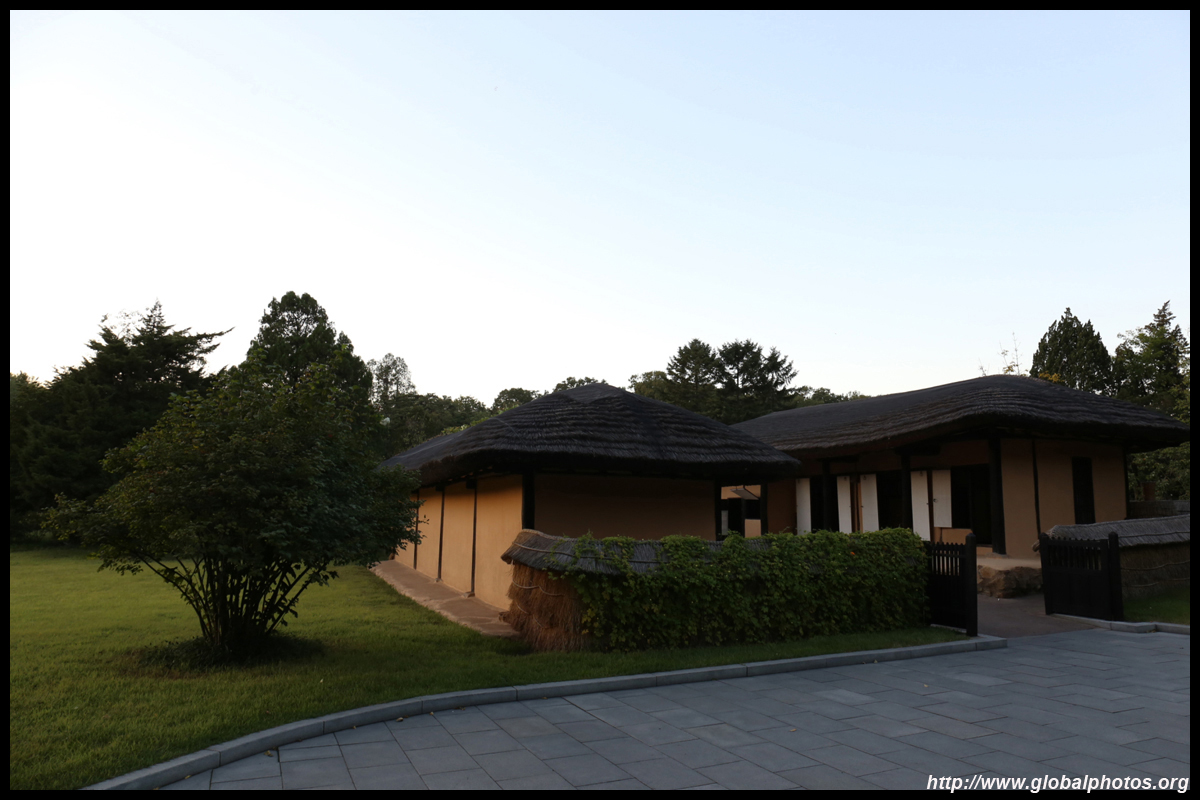

This was a great place to watch the sun set.

Past reports of tours in North Korea mentioned about Big Brother-like surveillance and a long list of restrictions on what people cannot do. My tour group wasn't inconvenienced so much. We kept our mobile phones and photography was generally allowed except against the military. When photographing their leaders, their entire figure must be in frame. We then happily snapped away.



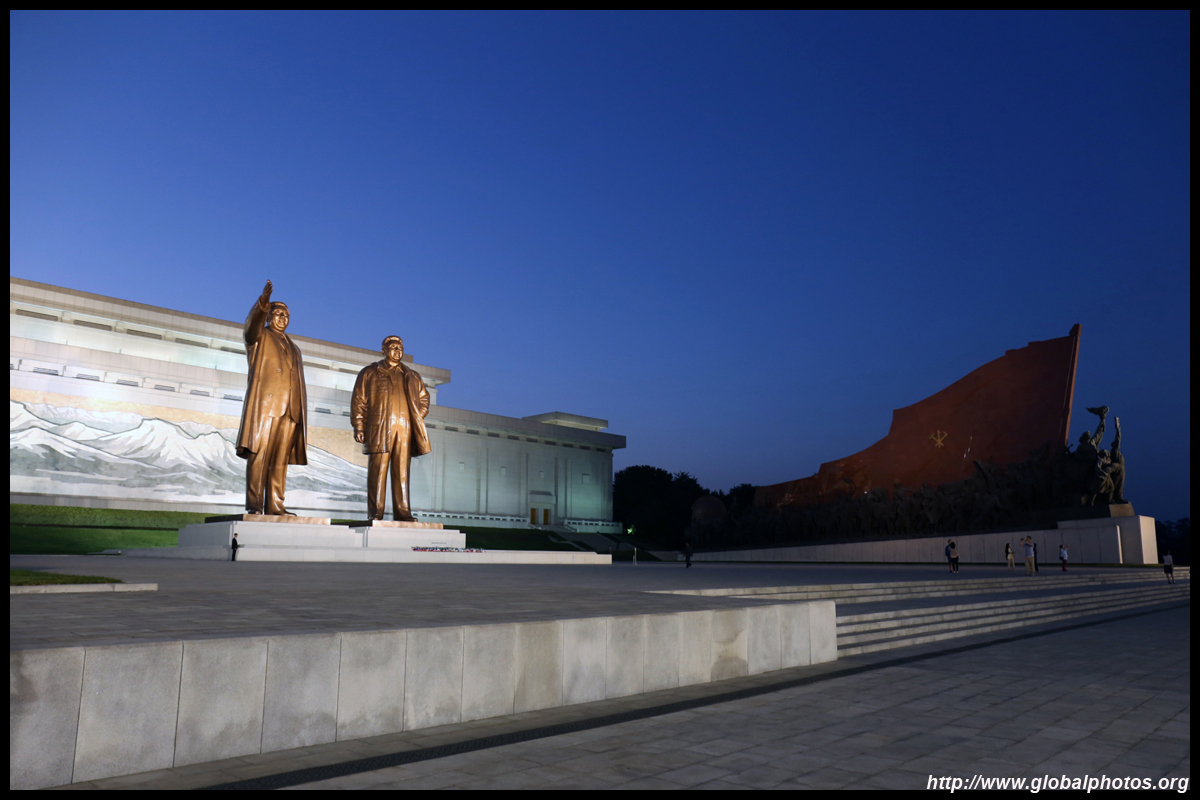
The Koryo Hotel is 1 of 2 main luxury hotels that serve foreign guests. It has a retro charm but kept very clean.

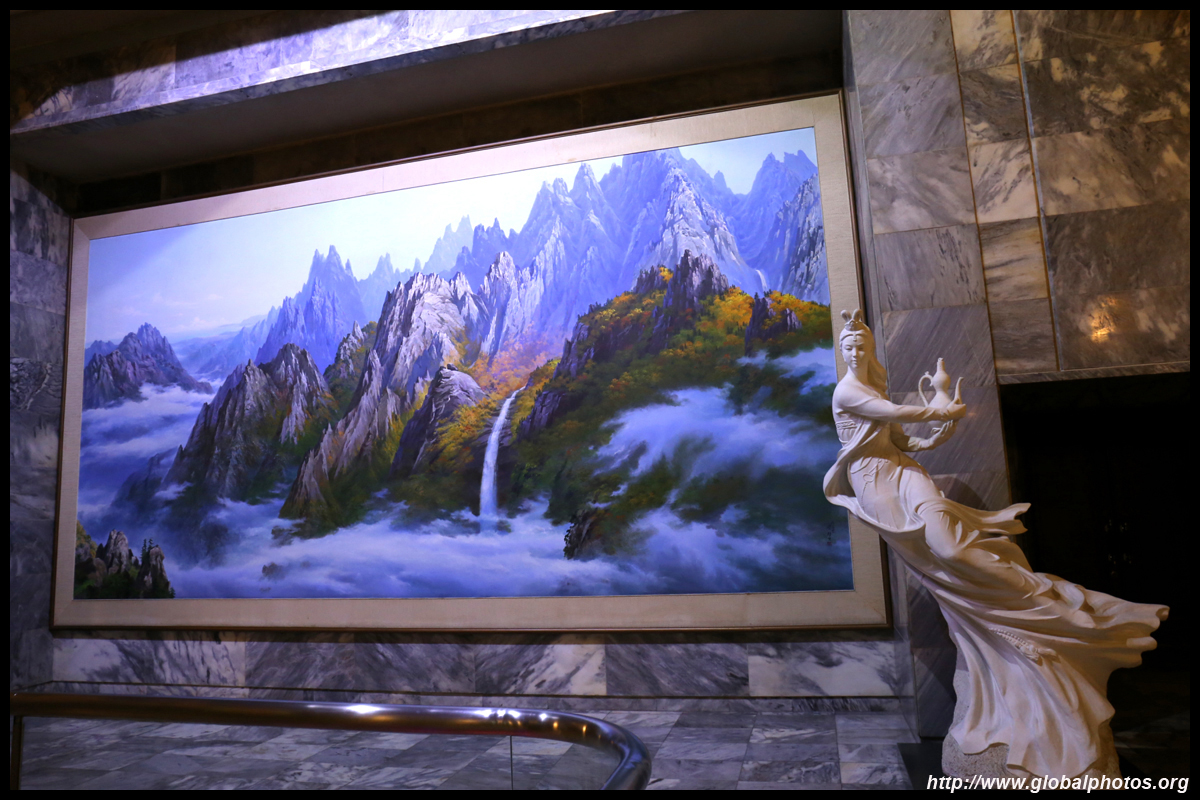
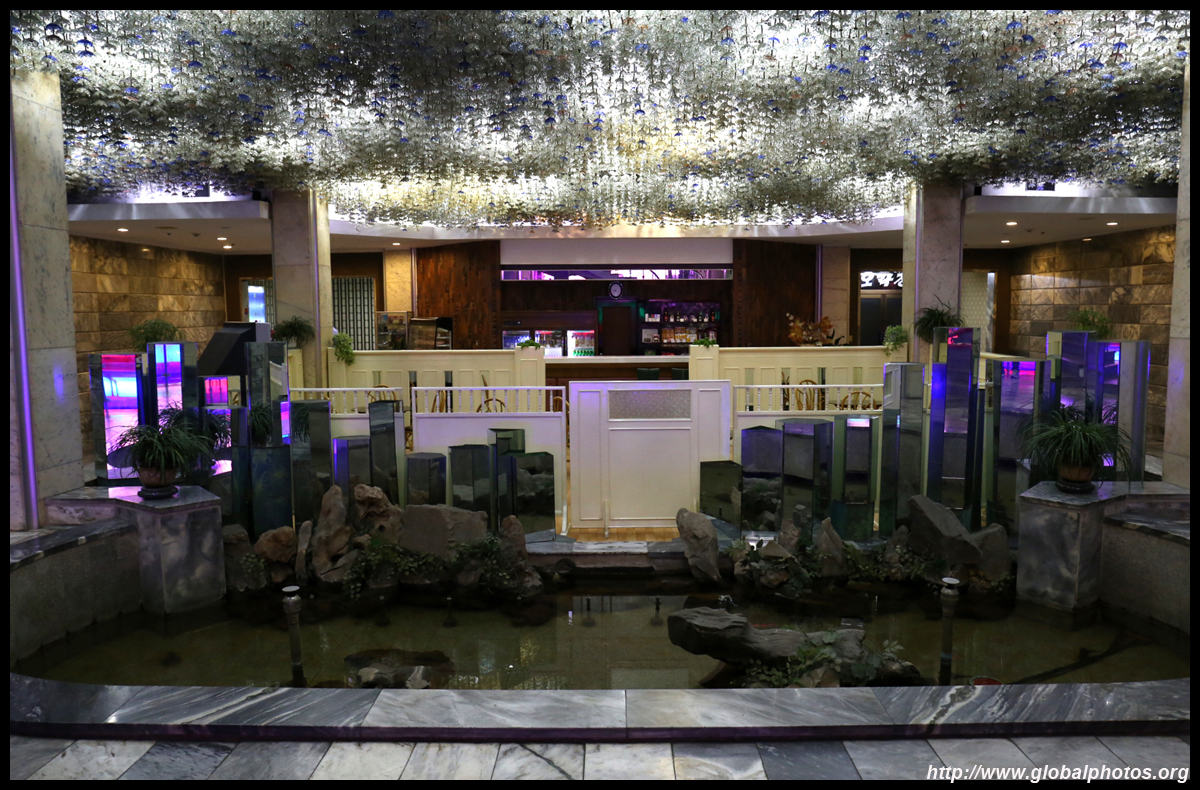
On the outside, the twin towers that make up the hotel look modern and fairly tall, offering decent views of the city.
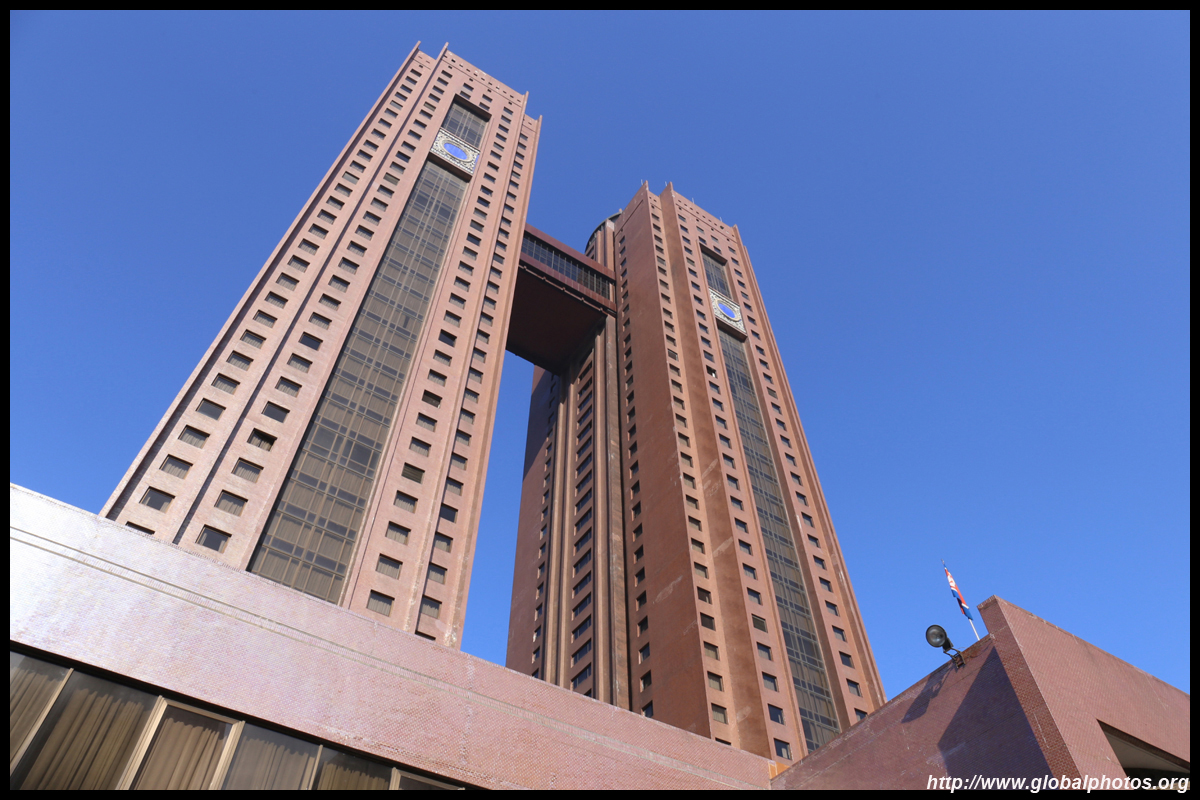
Foreign tourists get the BBC and a few other overseas channels, such as Chinese news. Documentaries about the Korean War featured regularly but the news reports were not as spectacularly enthusiastic as what I have seen on Youtube. Programming was not interrupted by any commercials and some stations closed fairly early well before midnight.
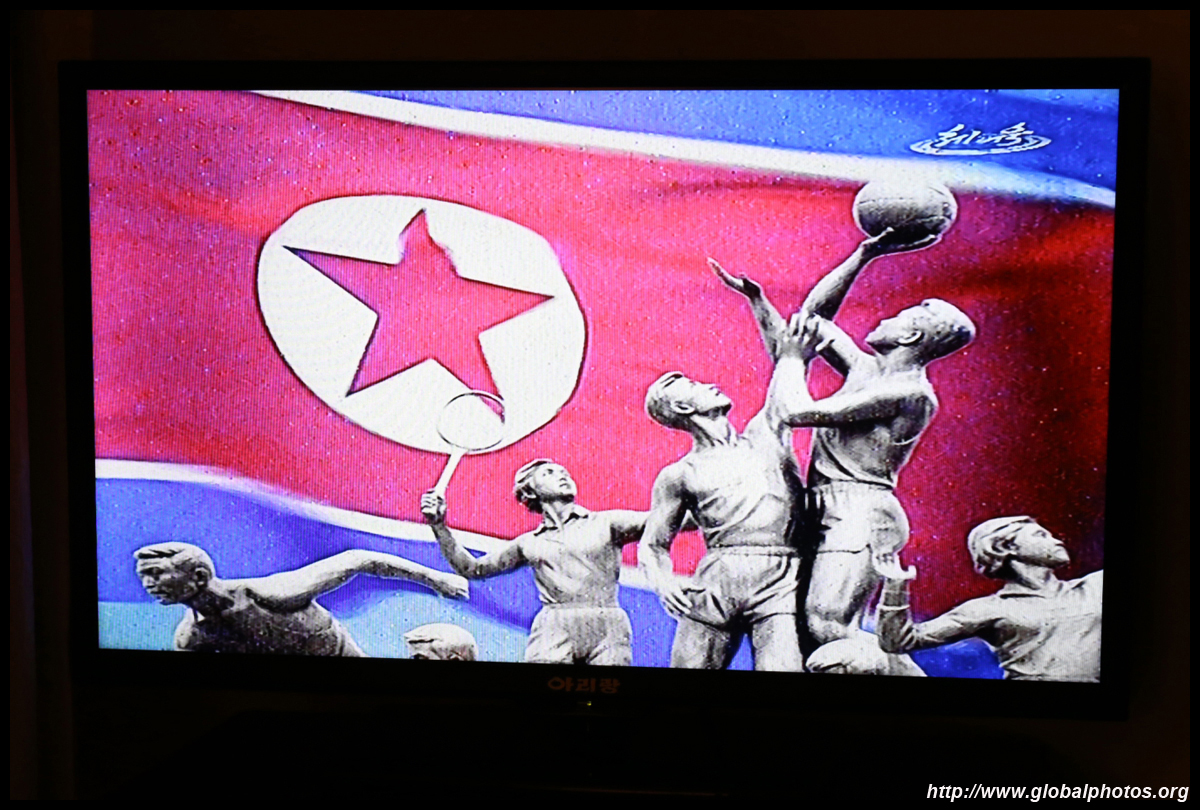
The other popular tourist hotel is on an island so it gives the perception of being trapped. It also has a retro charm and a revolving rooftop restaurant.
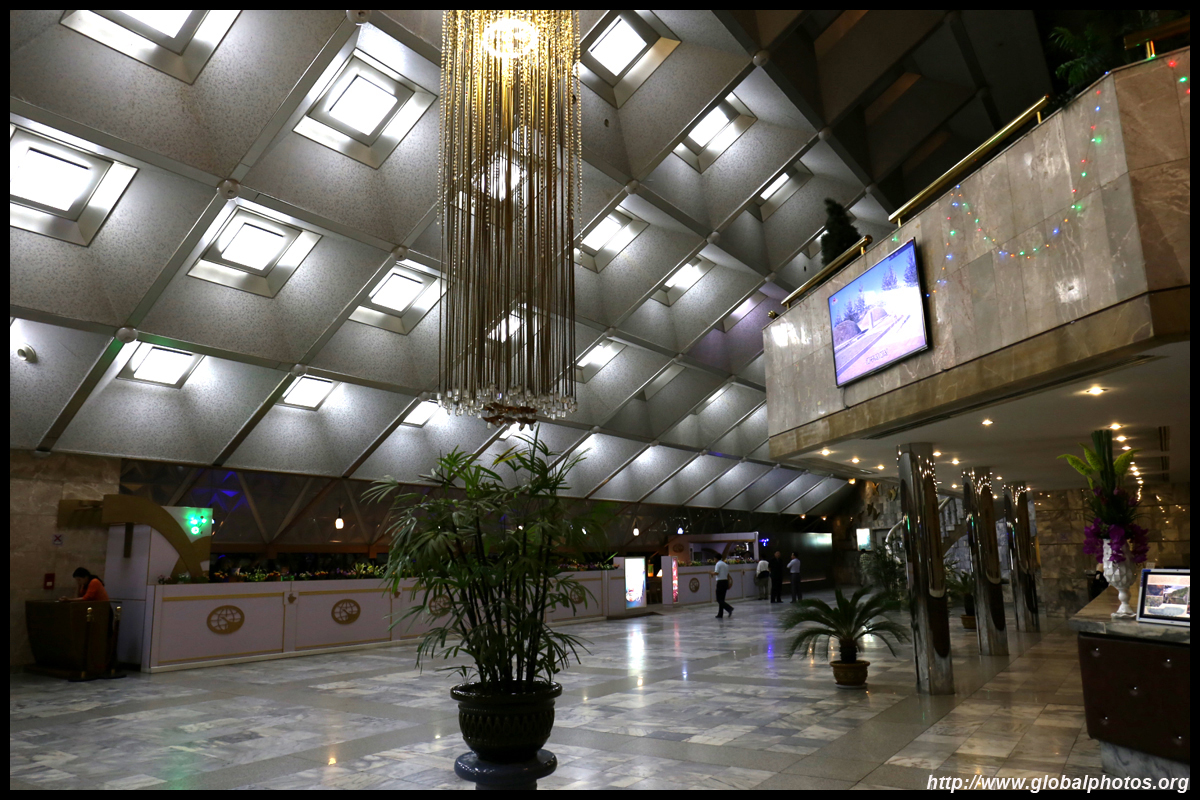
These tourist hotels had shops that sold ginseng, stamps, postcards, and the like.
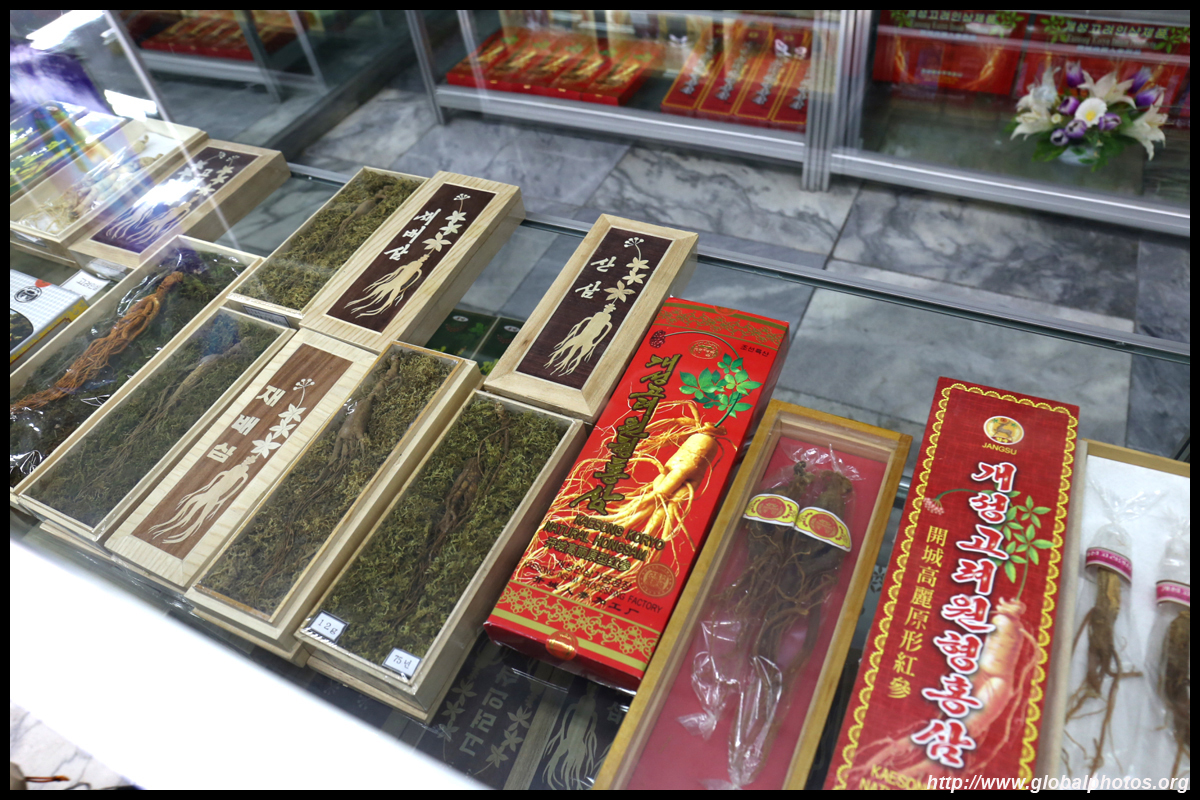
We were accompanied by 2 guides and a photographer. We were told it is OK to venture out at night, but to notify one of the guides beforehand and be accompanied in case there are identification checks by the military on the streets. We were told due to the upcoming national celebrations, security was extra tight across the city. We met no objections when we asked to venture out to the city's main train station after our day tour ended.

Welcome to Pyongyang.

I have seen this type of rolling stock before in Eastern Europe.


The buses looked a bit newer and more unique. During the day, they were often packed full. I encountered a few traffic jams in the city, but the fleet of cars disappeared soon after we left the city limits.
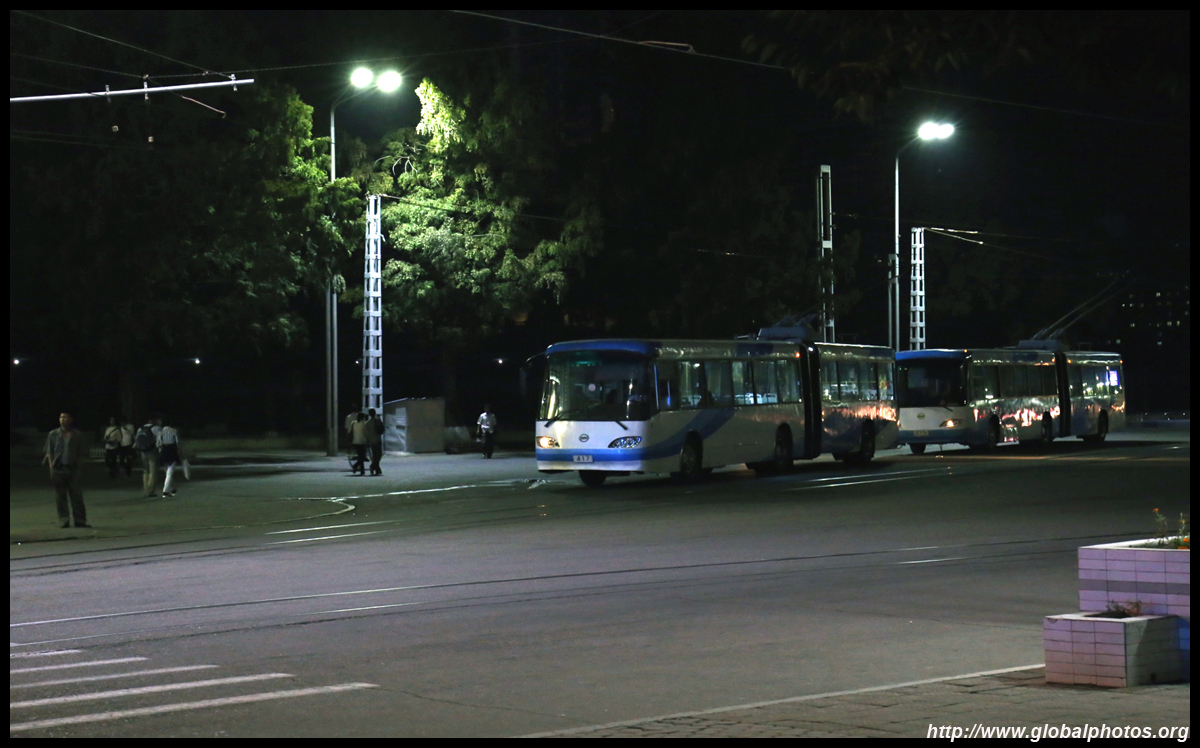
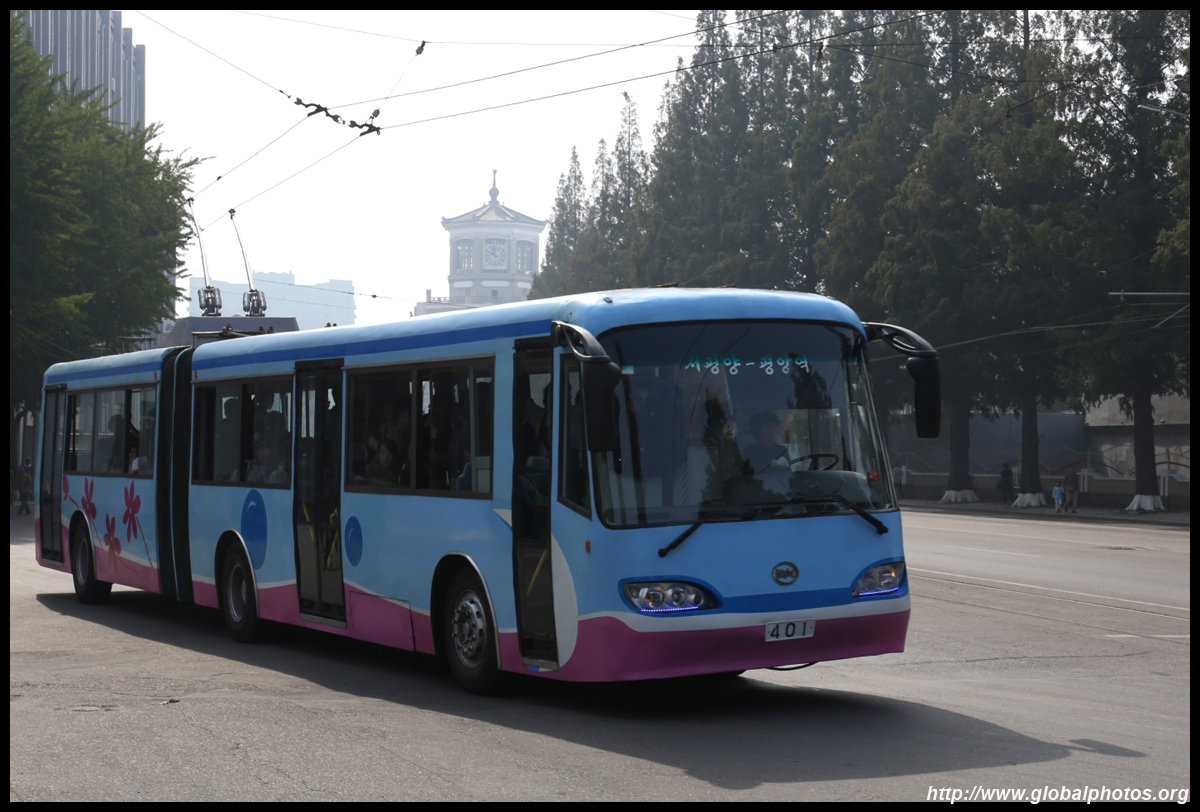
The food selection did seem more basic compared to other countries in the region. But then, I think we already got the best selection available. The beer tasted great.

You don't get Coke or Pepsi, but the local interpretation of soda. This peach-flavoured one was the best.
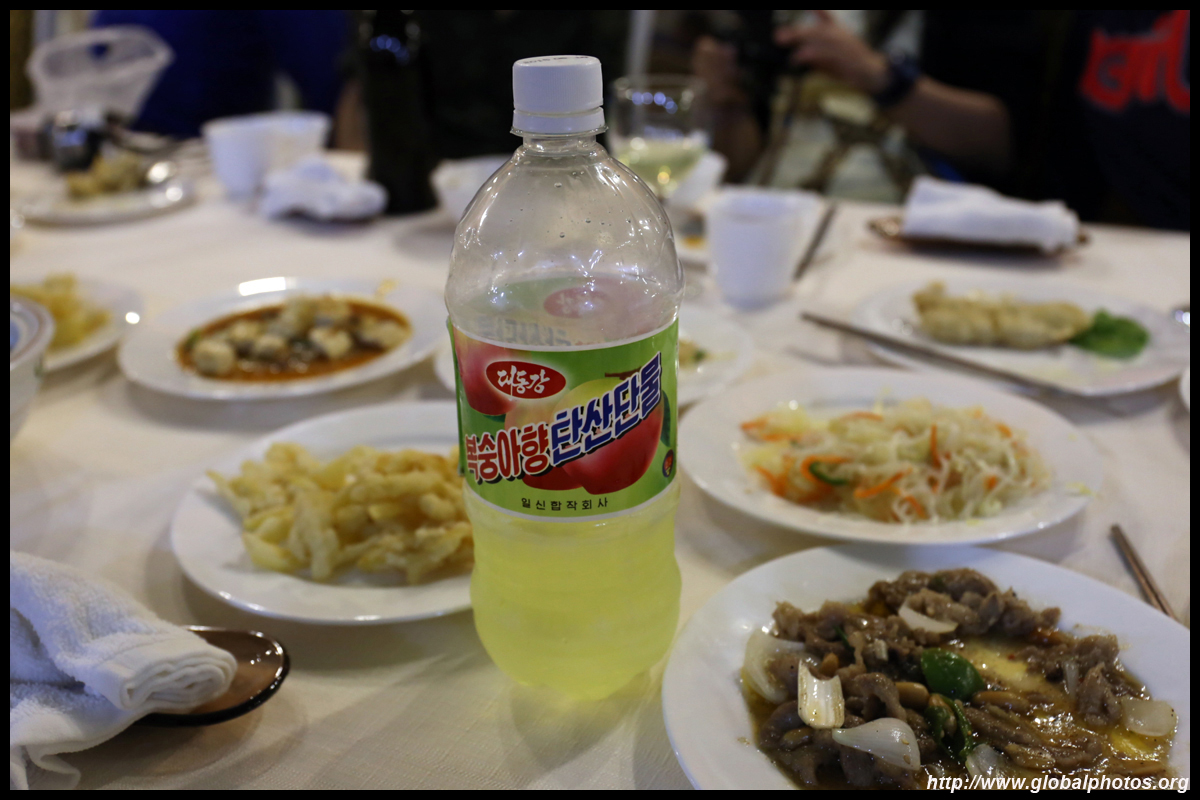
The pork was extra fatty, so the hotpot soup tasted extra delicious.
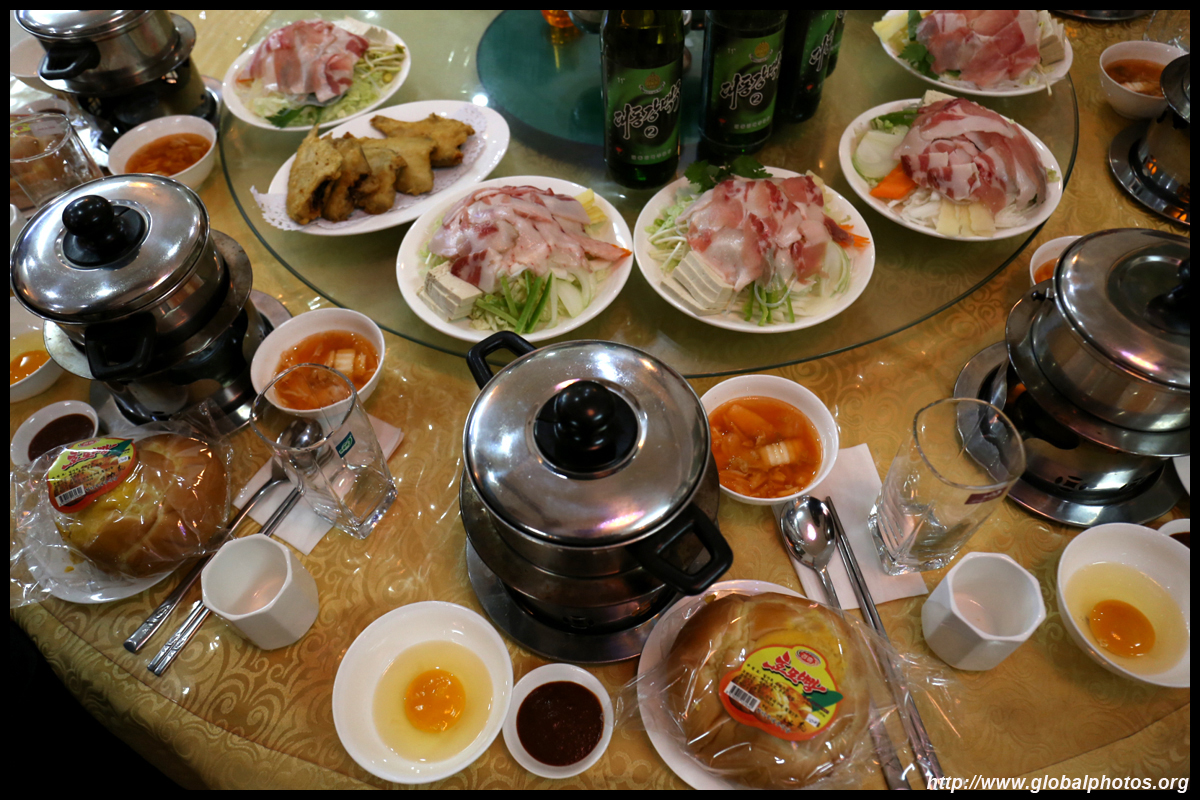
China and North Korea have enjoyed years of close relations. This memorial on top of a hill was built to celebrate this friendship.

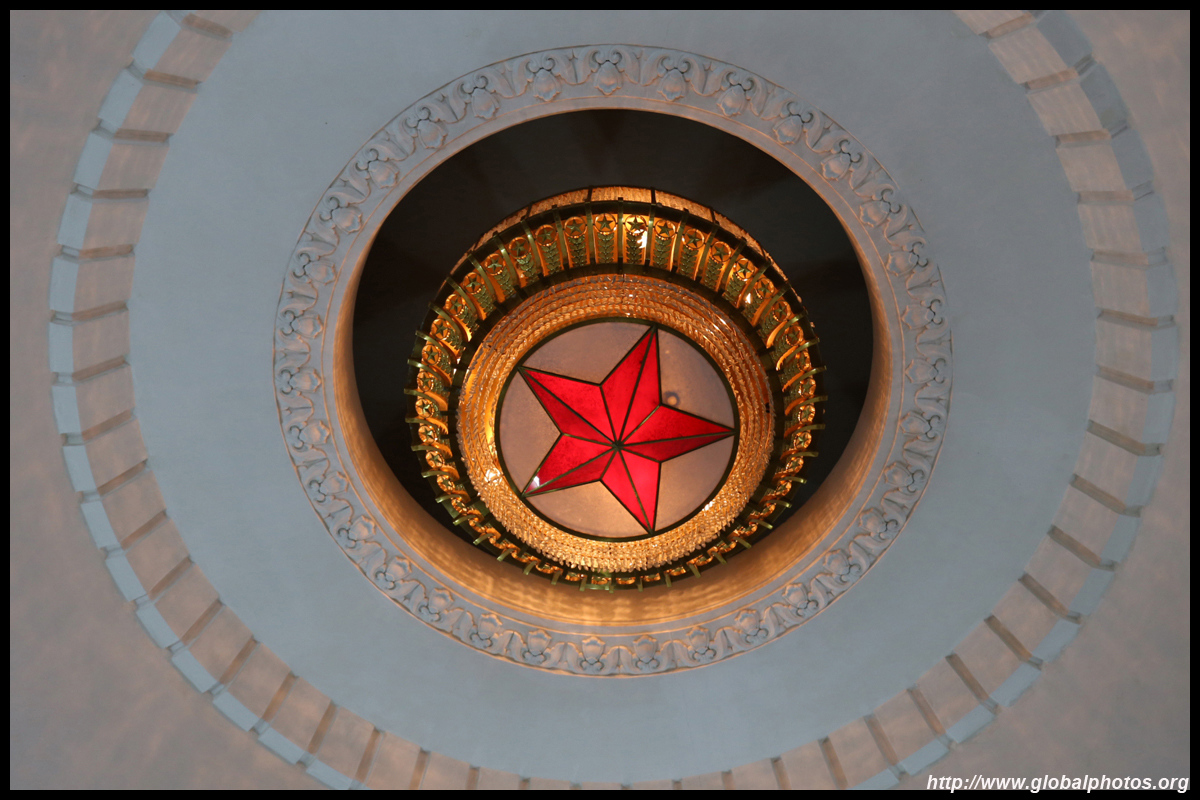
Typical of other monuments, vivid paintings adorne the interiors.
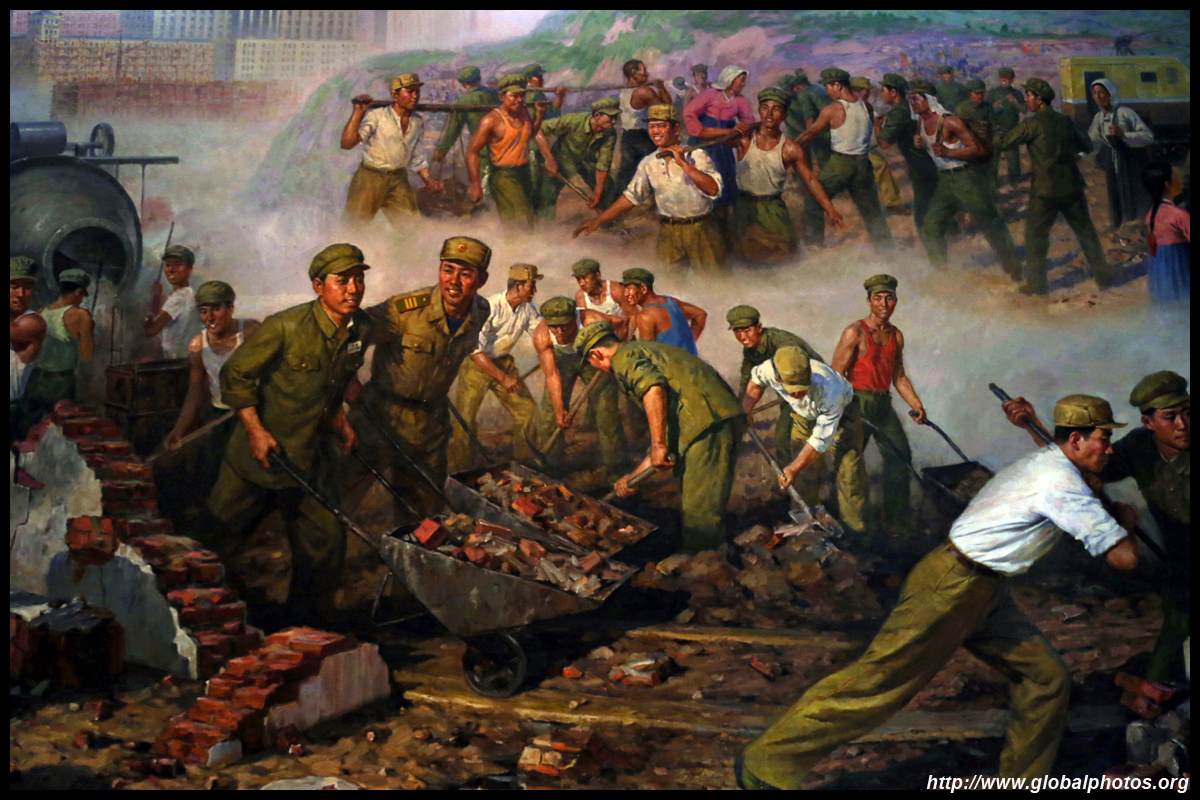
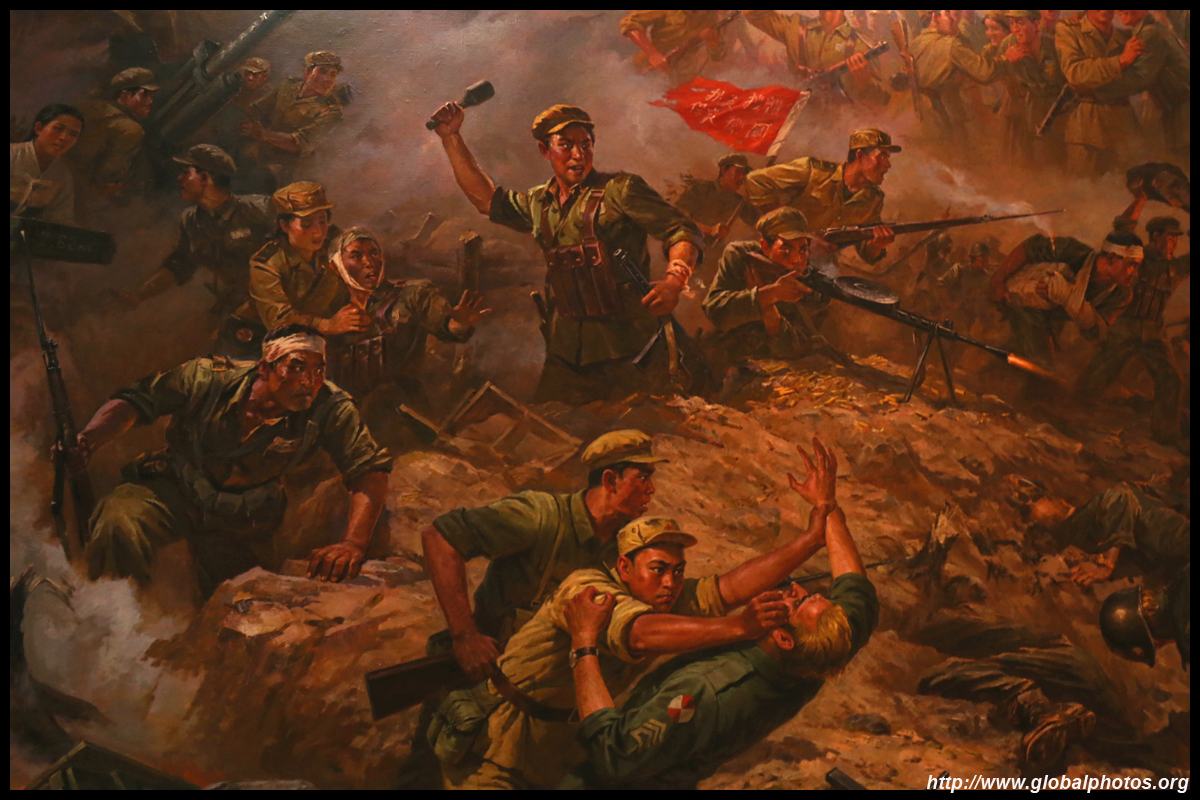
From here, the view was quite good. The city's tallest building rises in the background. Kempinski tried to open a hotel in it a few years back but without success.
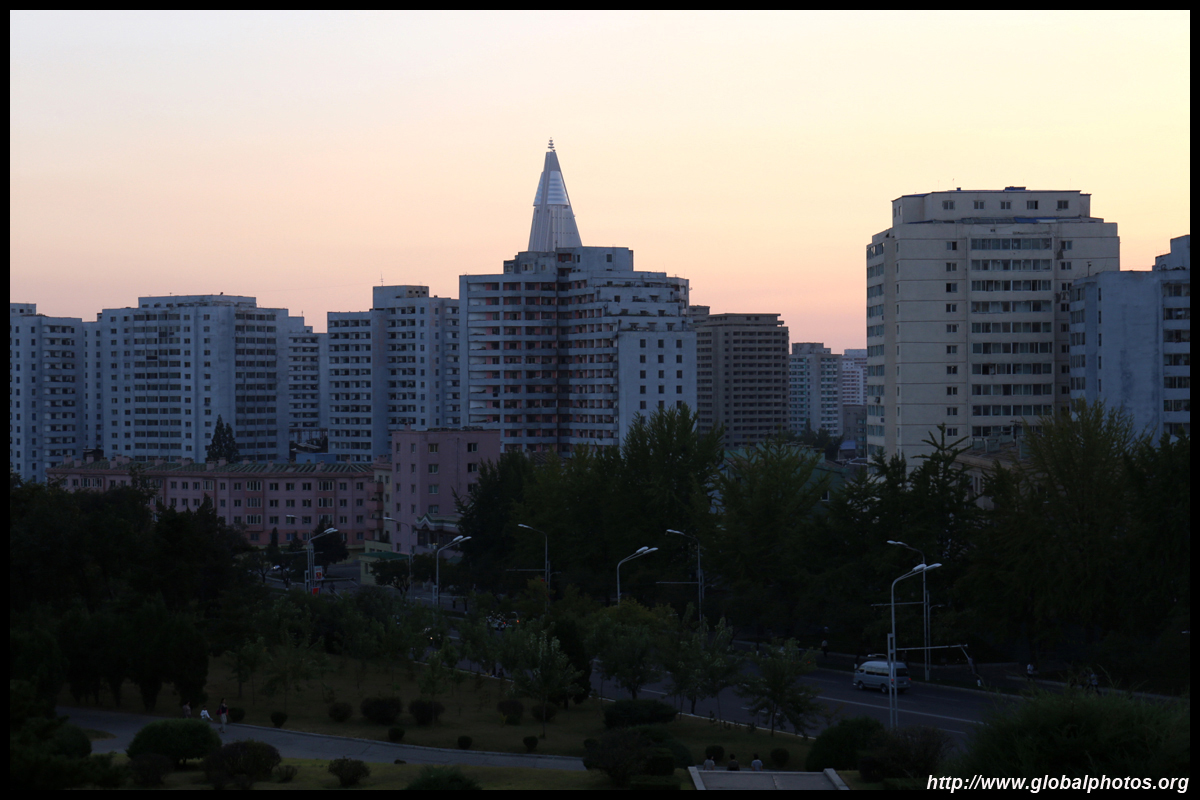
Pyongyang has no shortage of grand monuments, large squares, bigger-than-life statues.

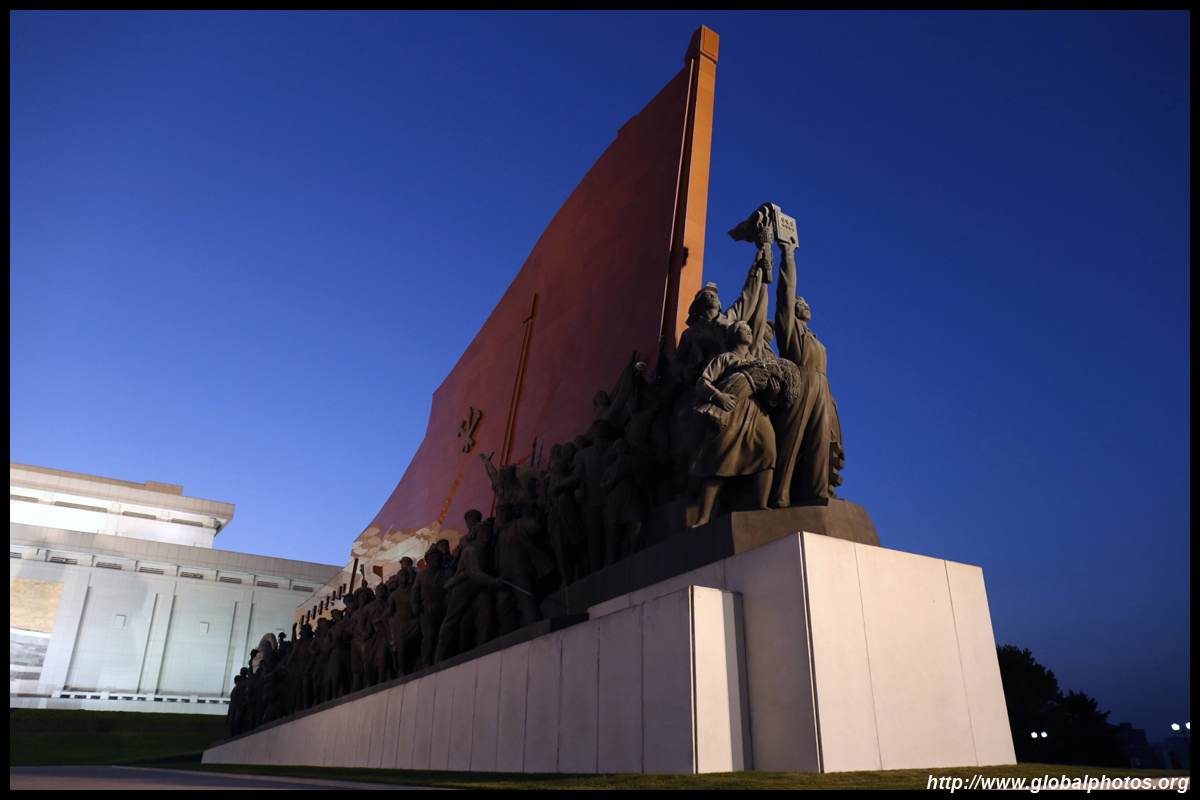
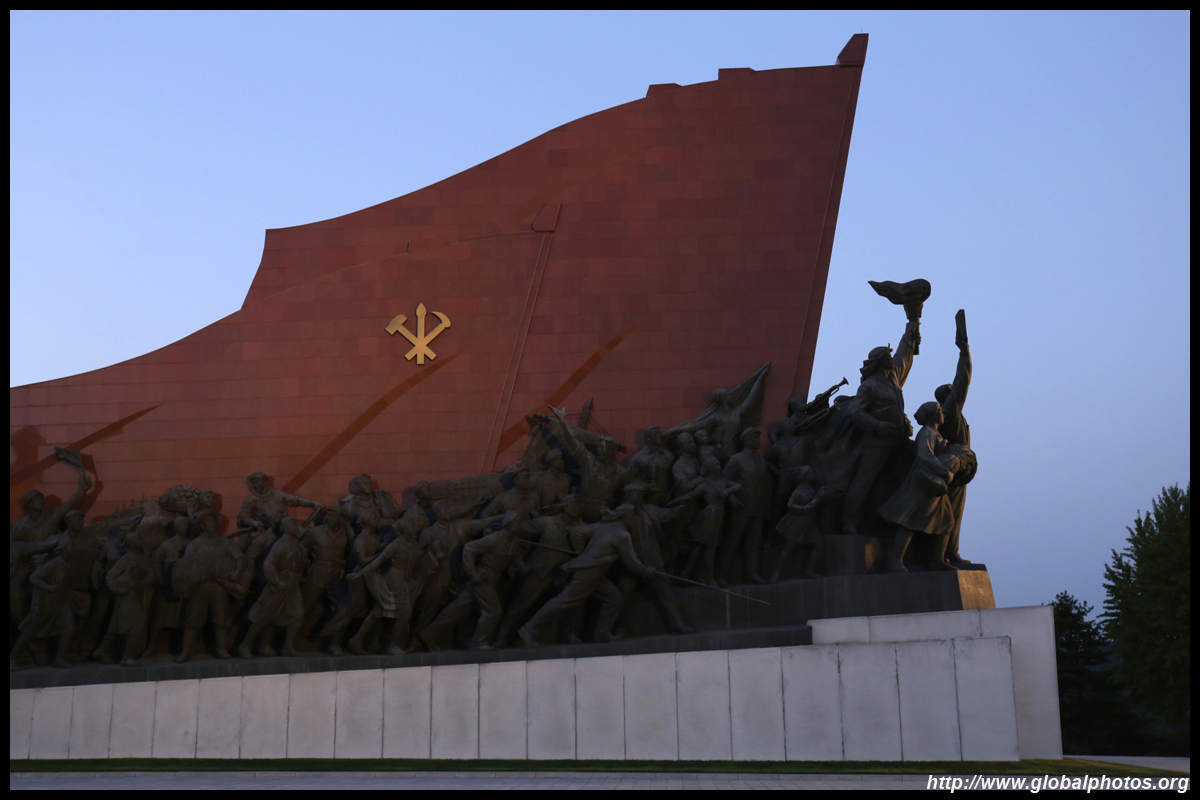
Long live the proletariat, and the Dear Leader!
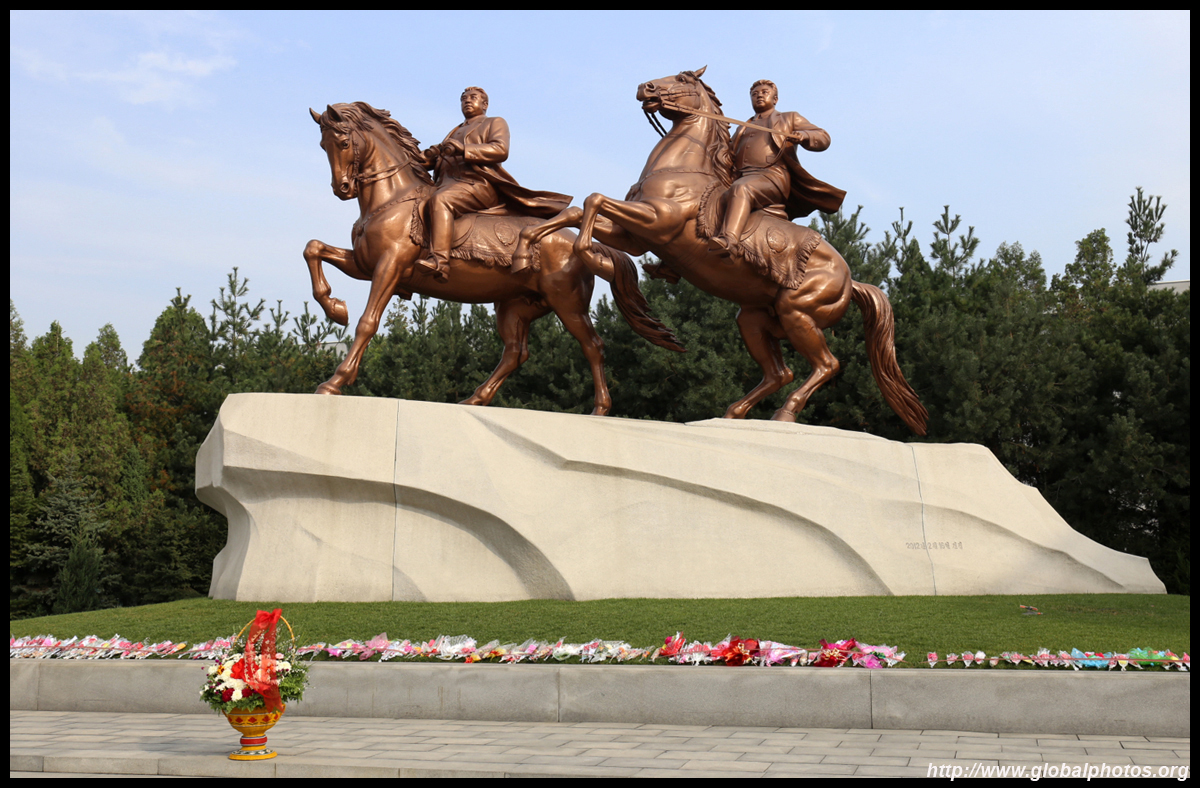
This grand monument is taller than its Parisian counterpart. It was built to celebrate victory against the Japanese.


As the tour bus roamed the city's streets, I noted people were out and about living their lives. They walked, took the bus, and got stuck in traffic jams, just like in any other large city. There were particularly a lot of walkers that kept the sidewalks busy. On closer inspection, the buses looked like the made in China buses that I have seen across the border.
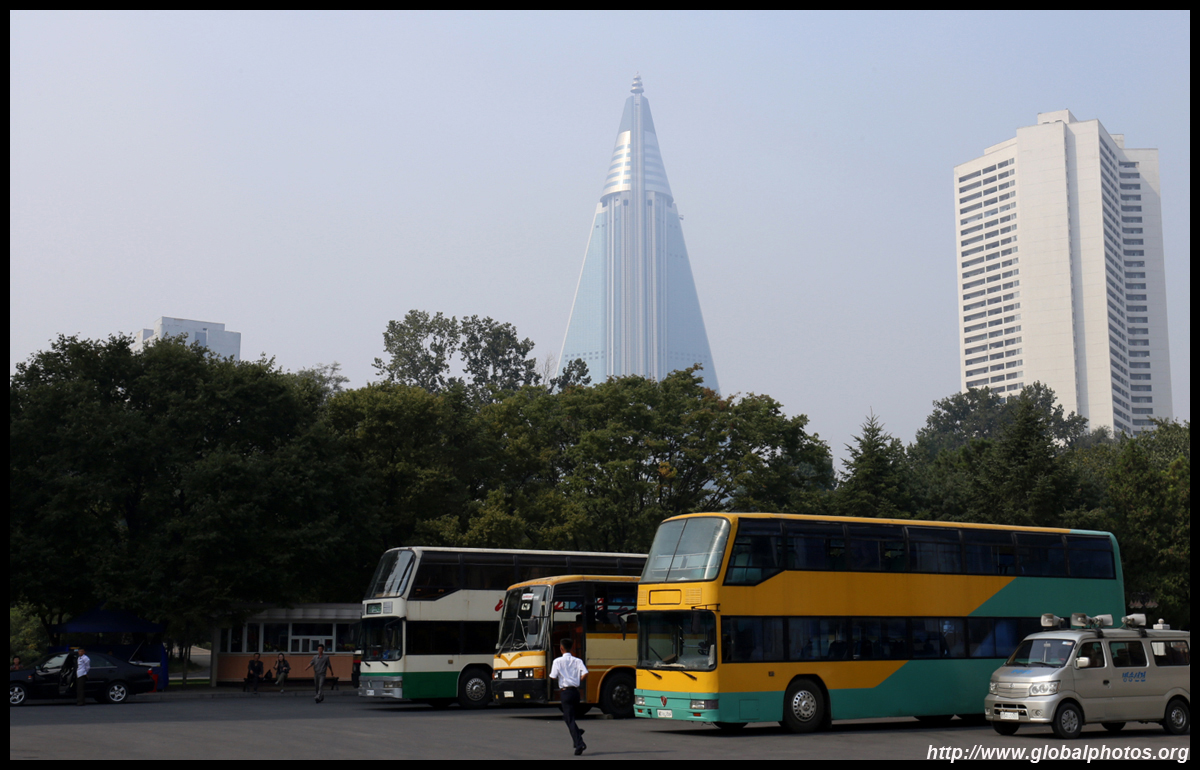
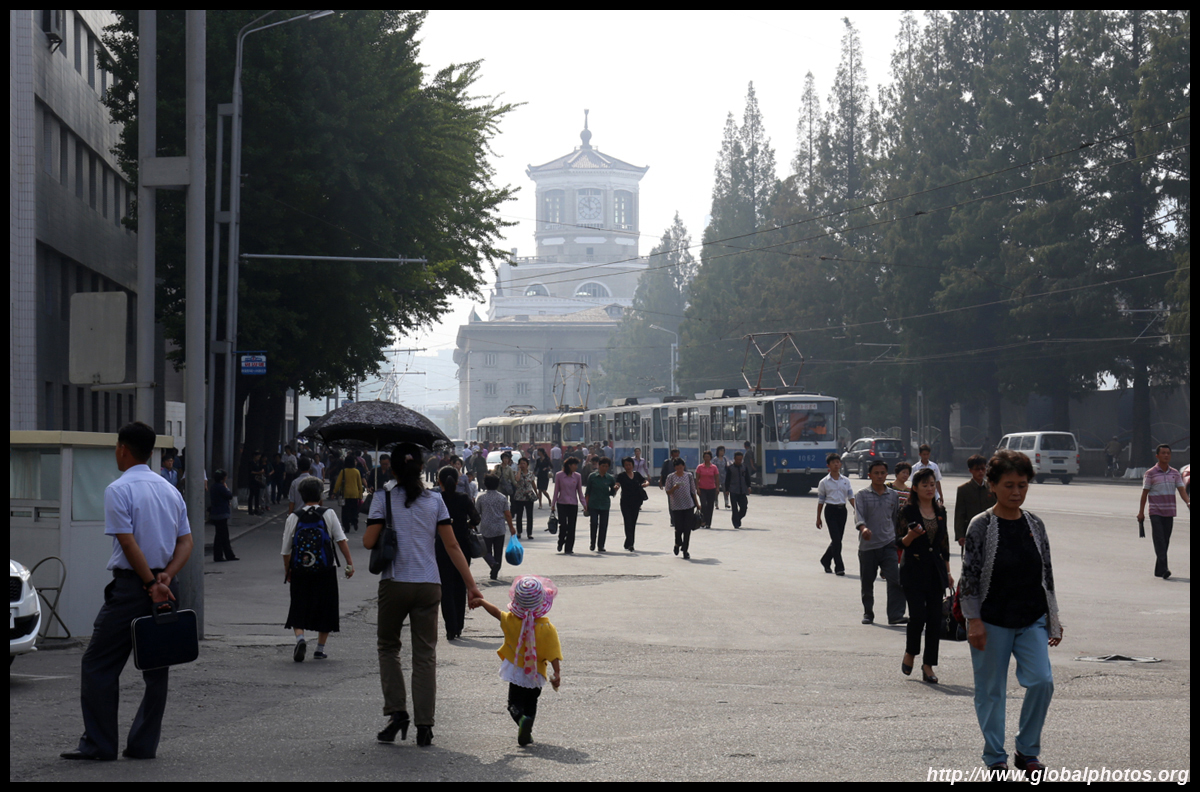
On TV, Americans were referred to as imperialists. Their captured gear are on display at the Victorious Fatherland Liberation War Museum.
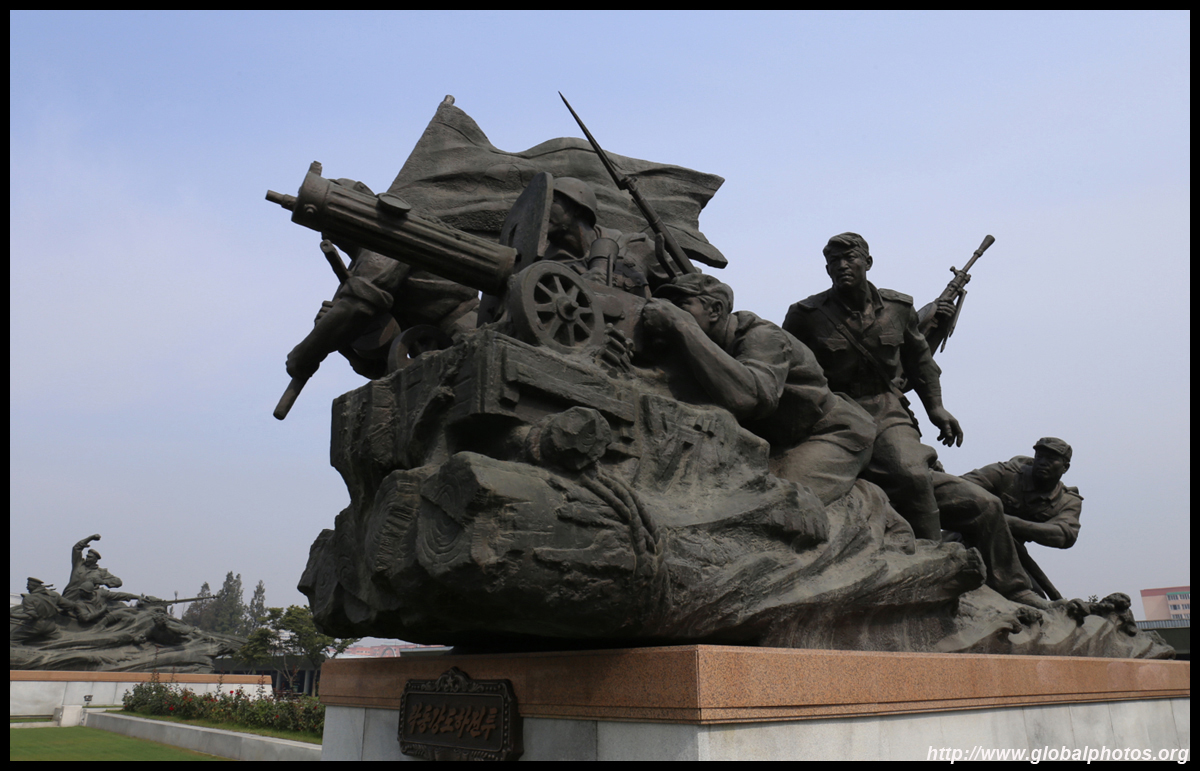
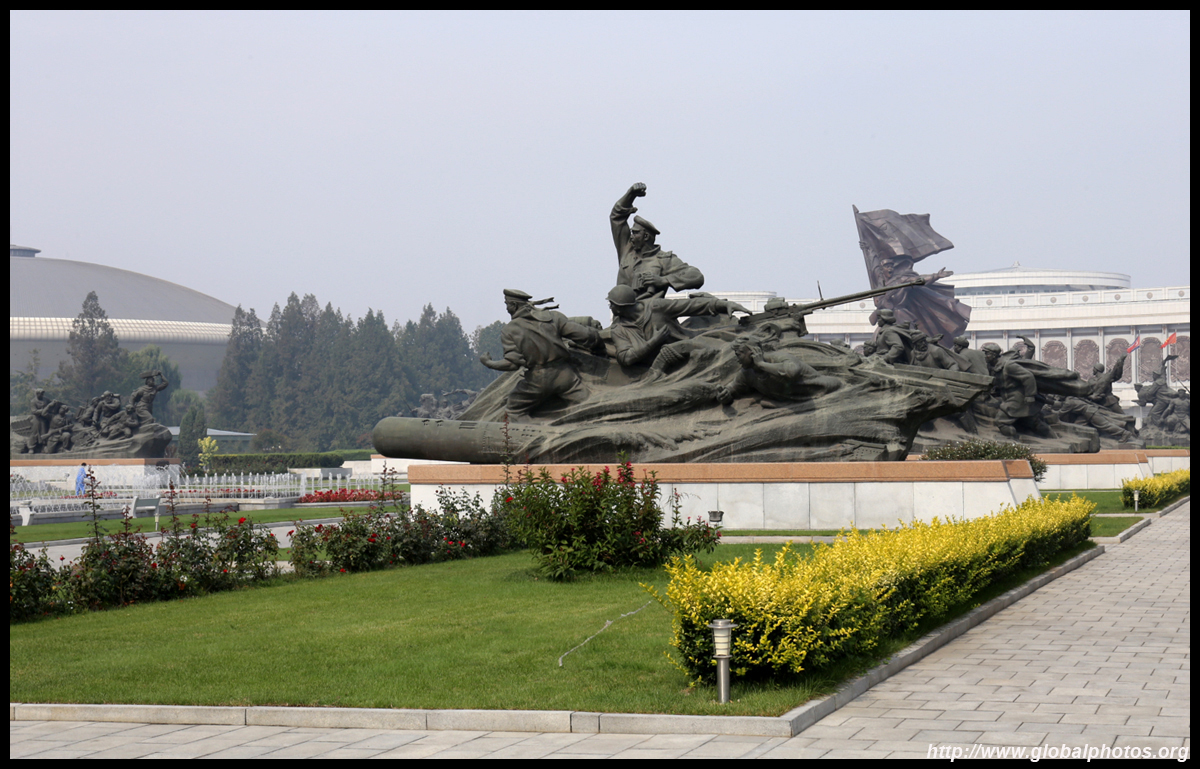
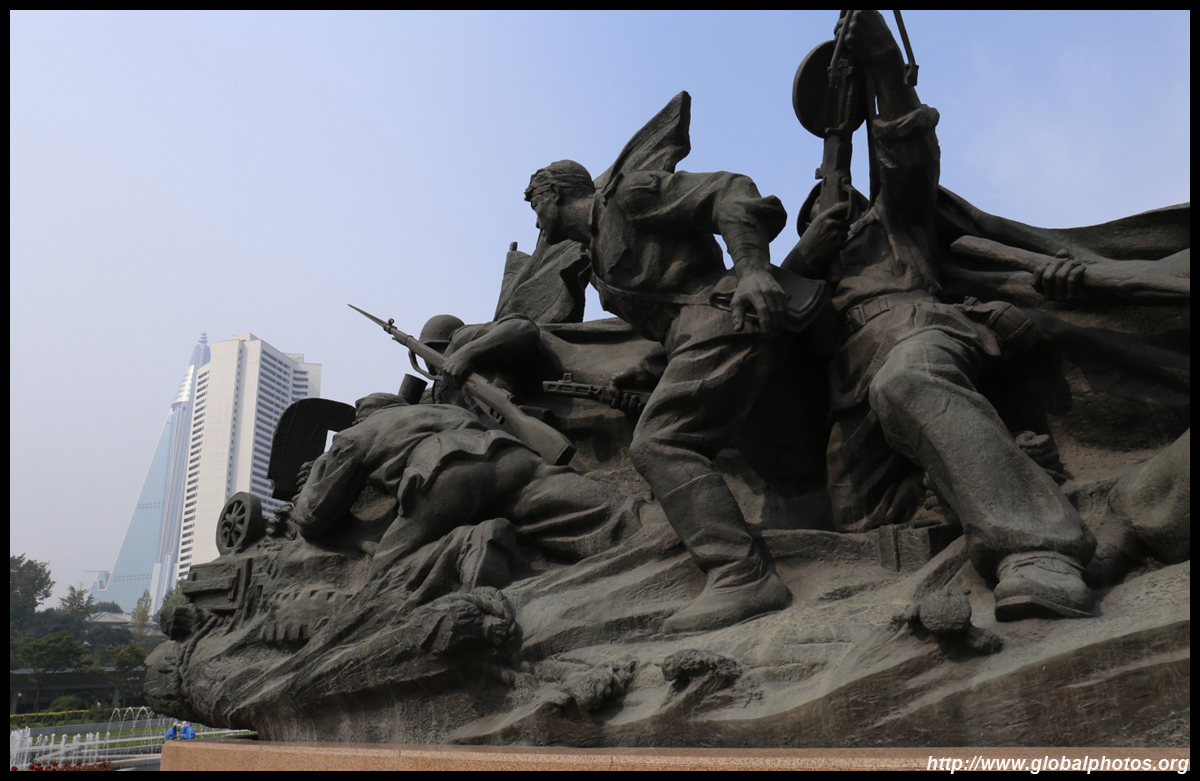

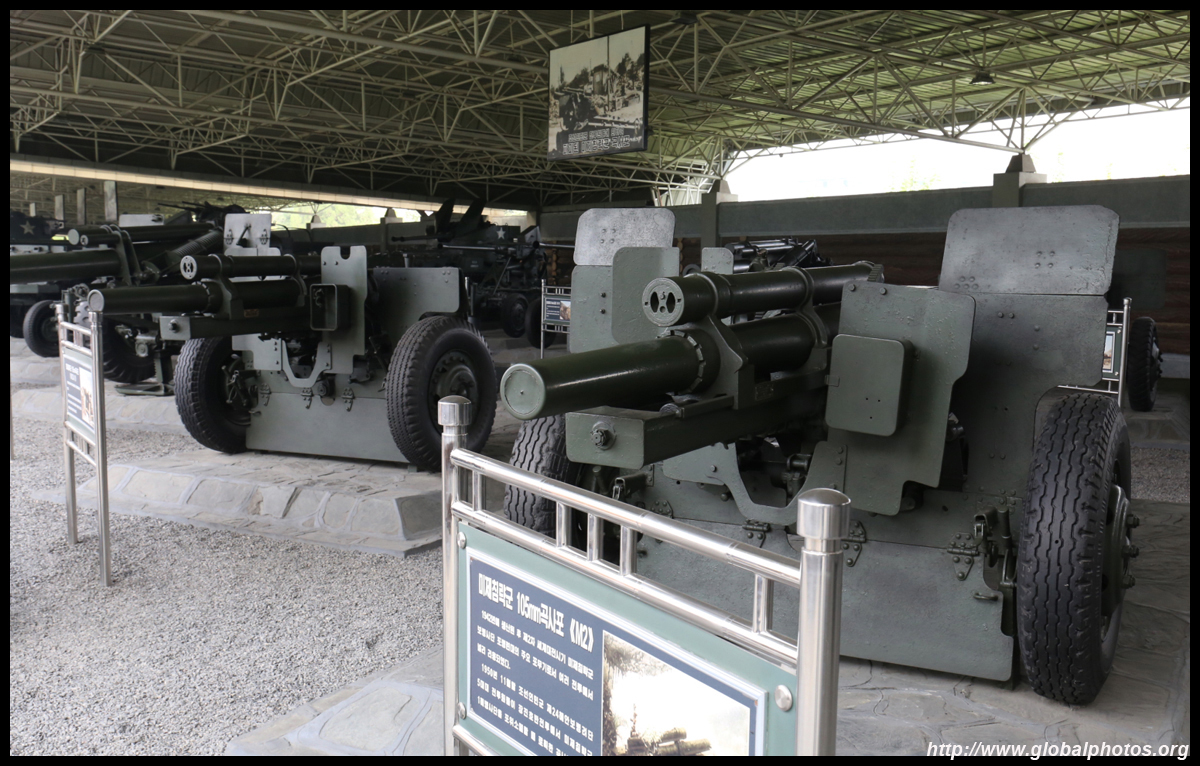
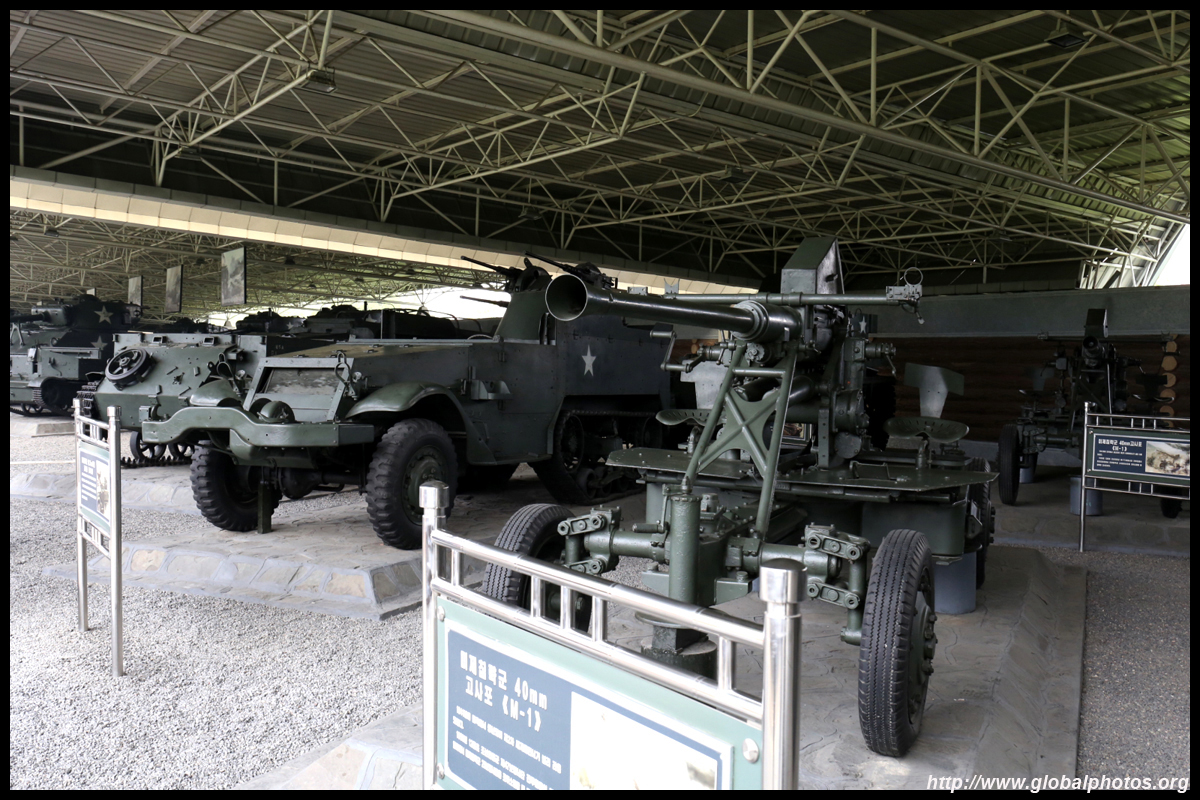
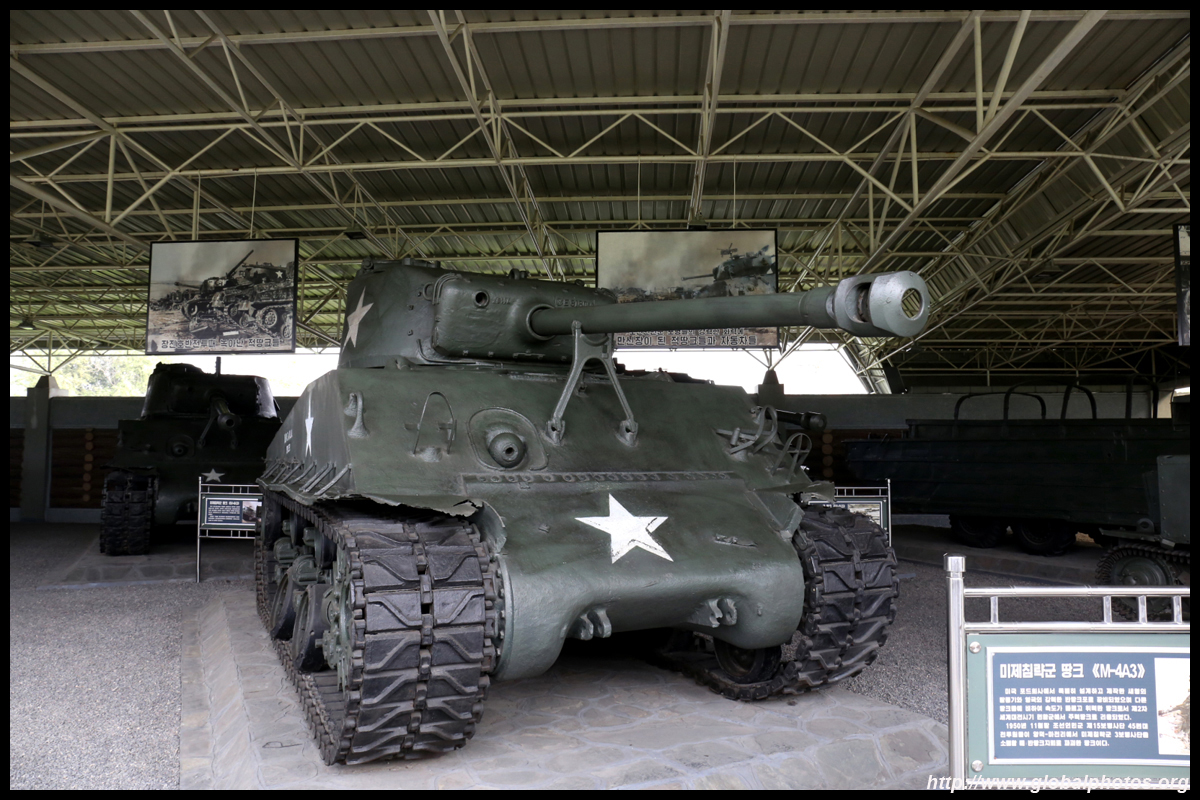

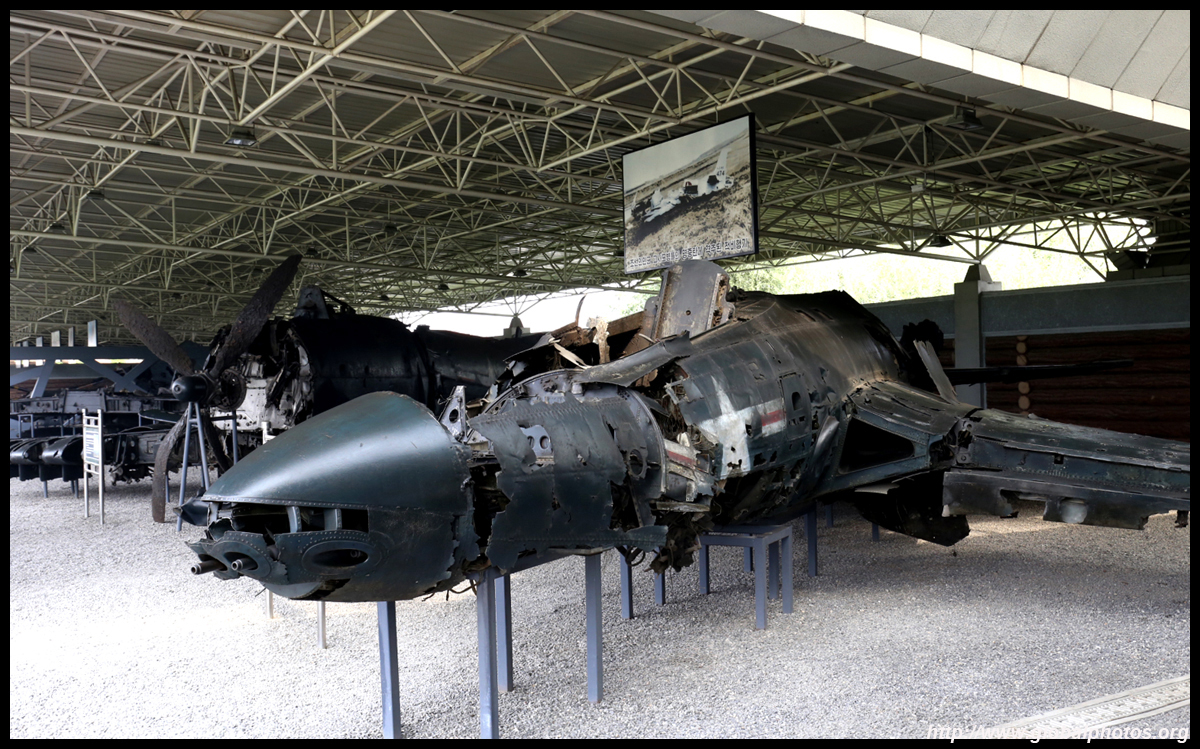

Of particular special interest is this US Navy boat that we were told was caught spying in North Korean waters. It looked like most of the electronics were still intact. The Americans had to apologize to get their men back.




Seems their capture was not particularly peaceful.
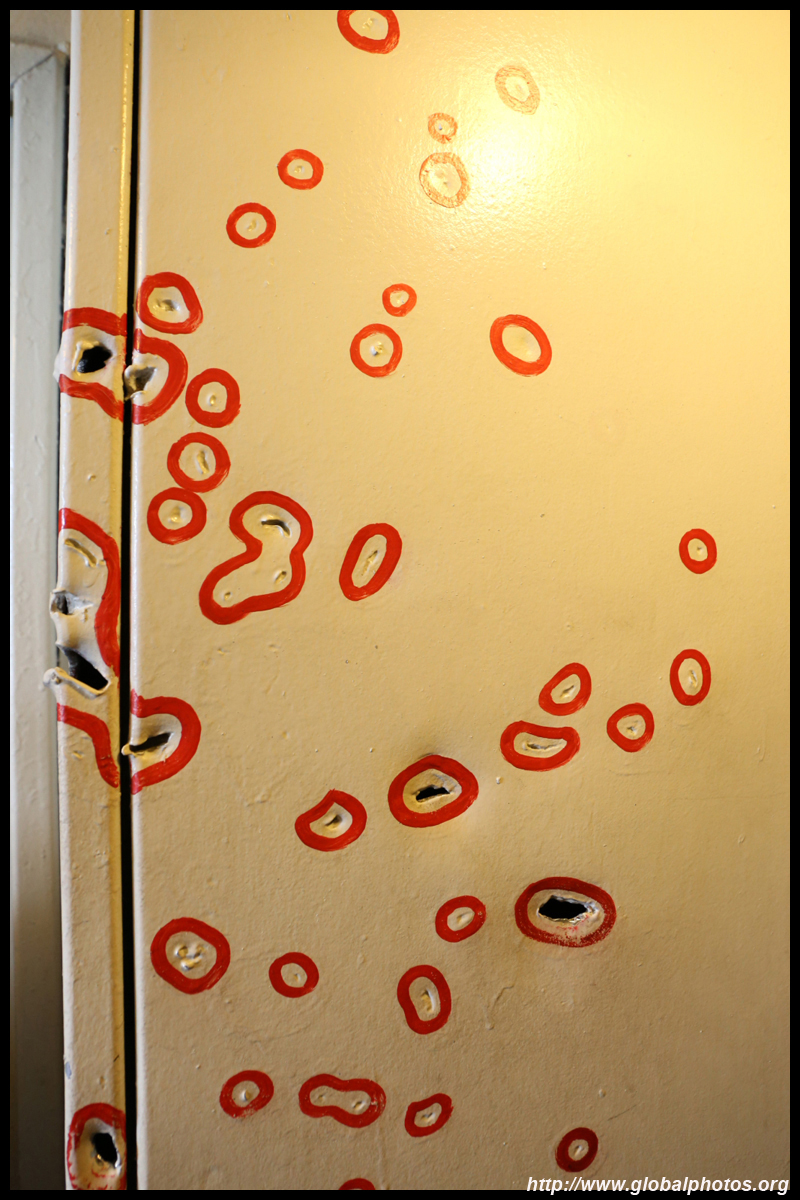
I looked forward to riding the subway and experiencing the long escalator rides deep underground. We were told this was the deepest subway system in the world. The architecture was impressive, although the locals didn't seem to take much notice of our curious tour group photographing anything and everything in our paths.

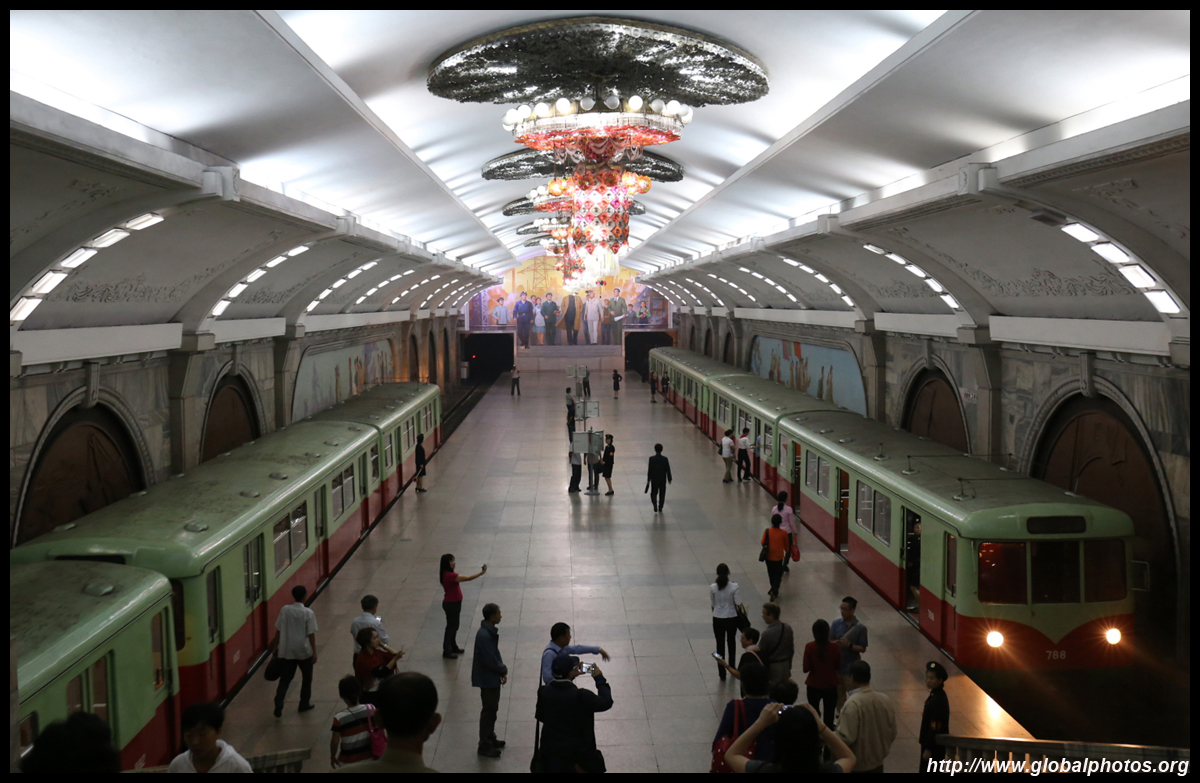

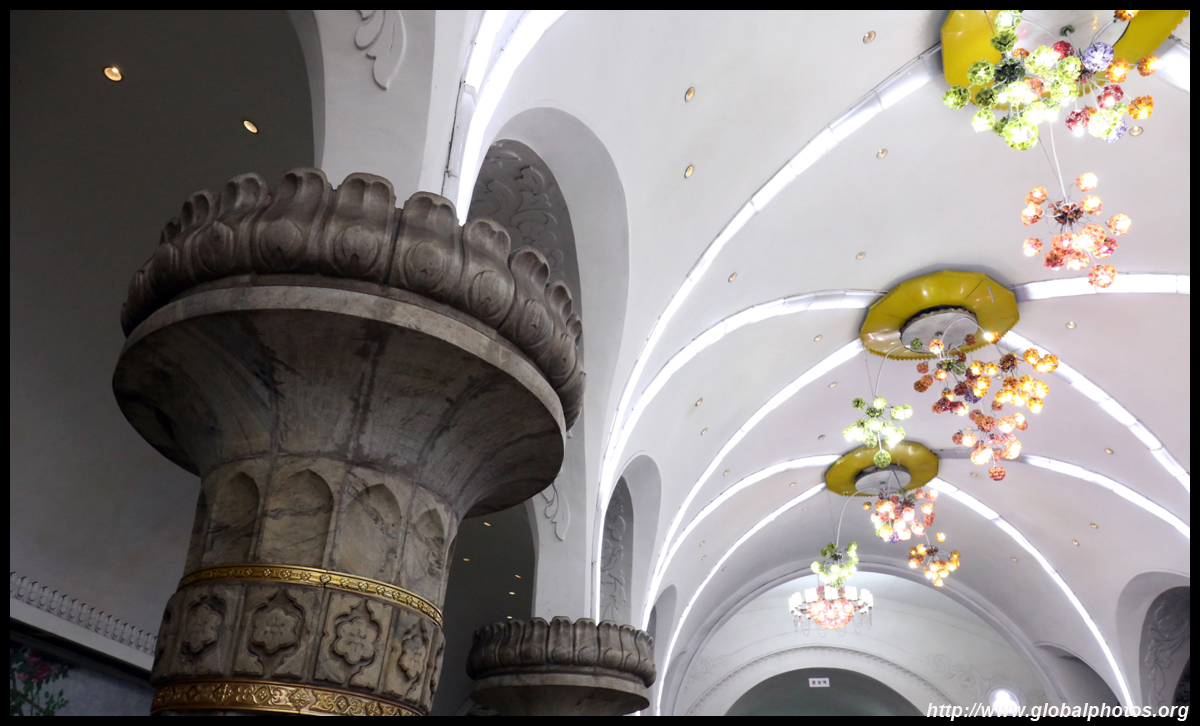

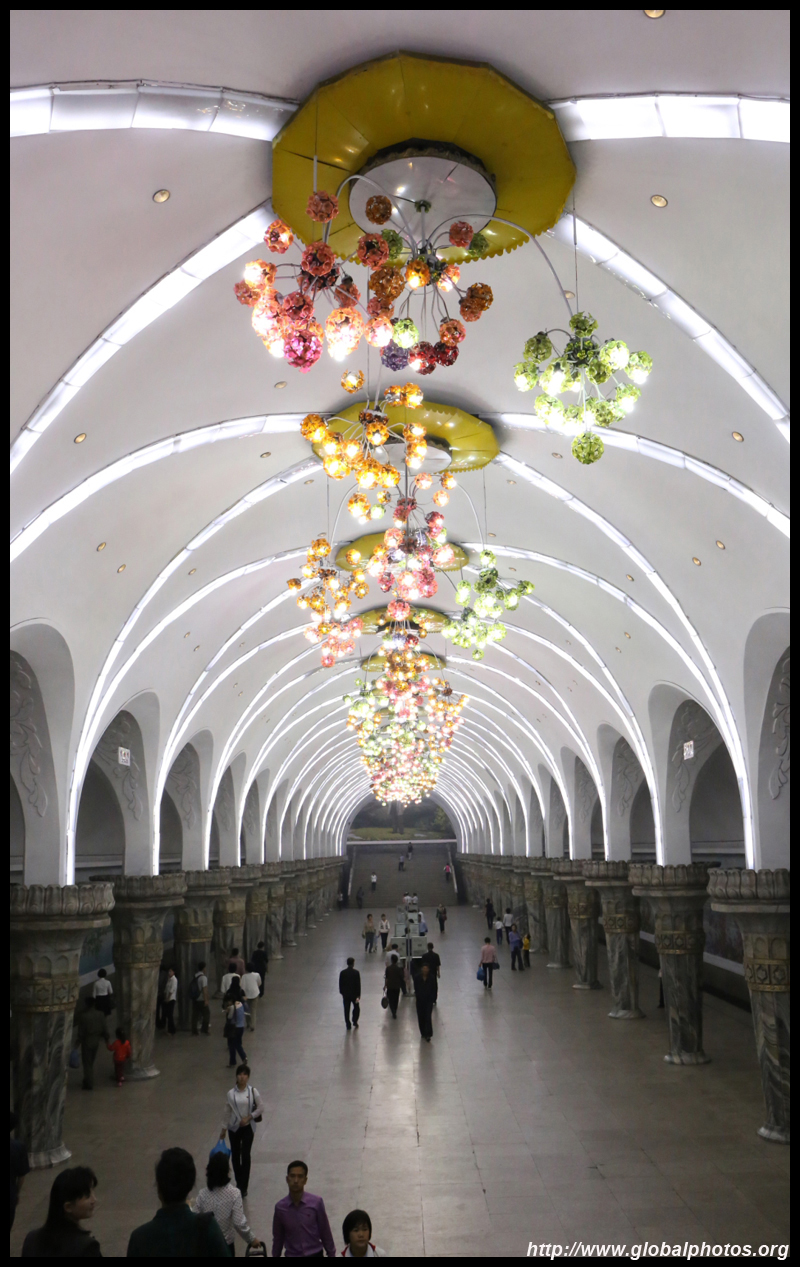
The interiors were a bit dark, but still looked very classy.


As expected, portraits of their deceased leaders were respectfully placed in a high position.
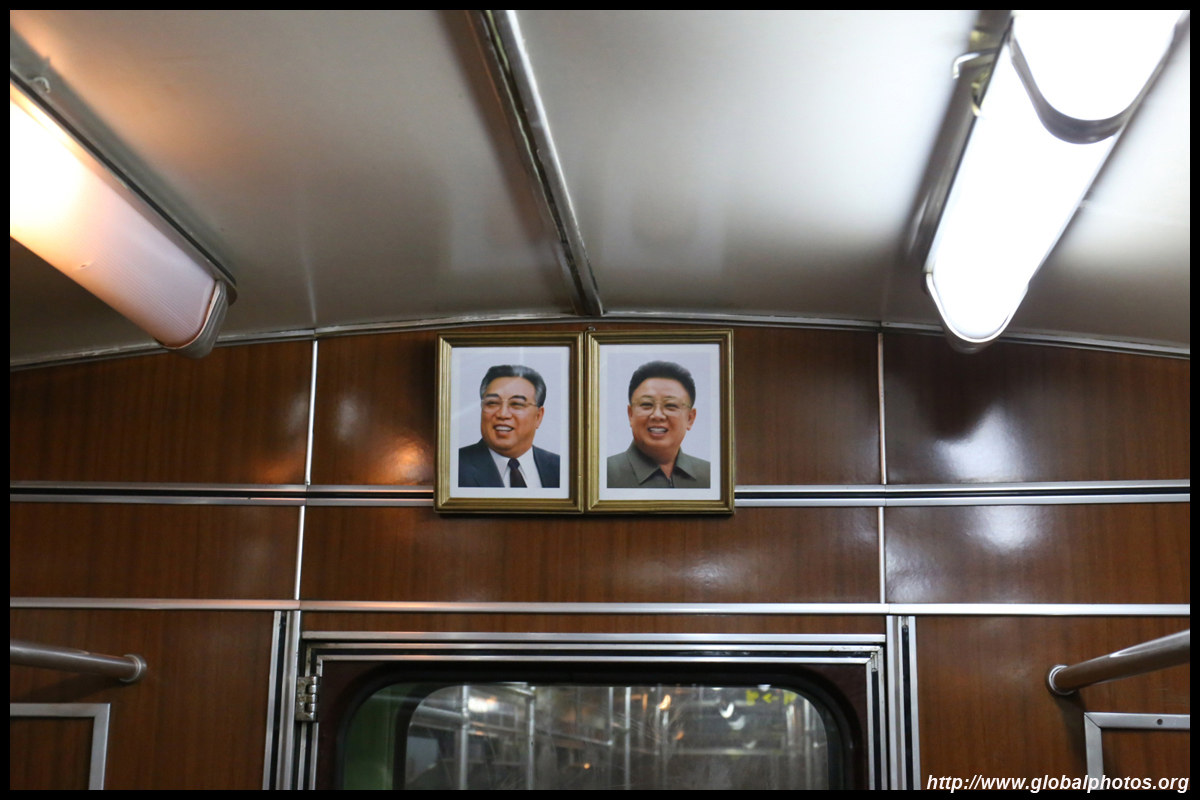
I noticed locals used a smart card to gain entry.

The official network map shows 2 lines. We got to ride a tiny section only.

There was no advertising anywhere, but propaganda posters don't count as ads.
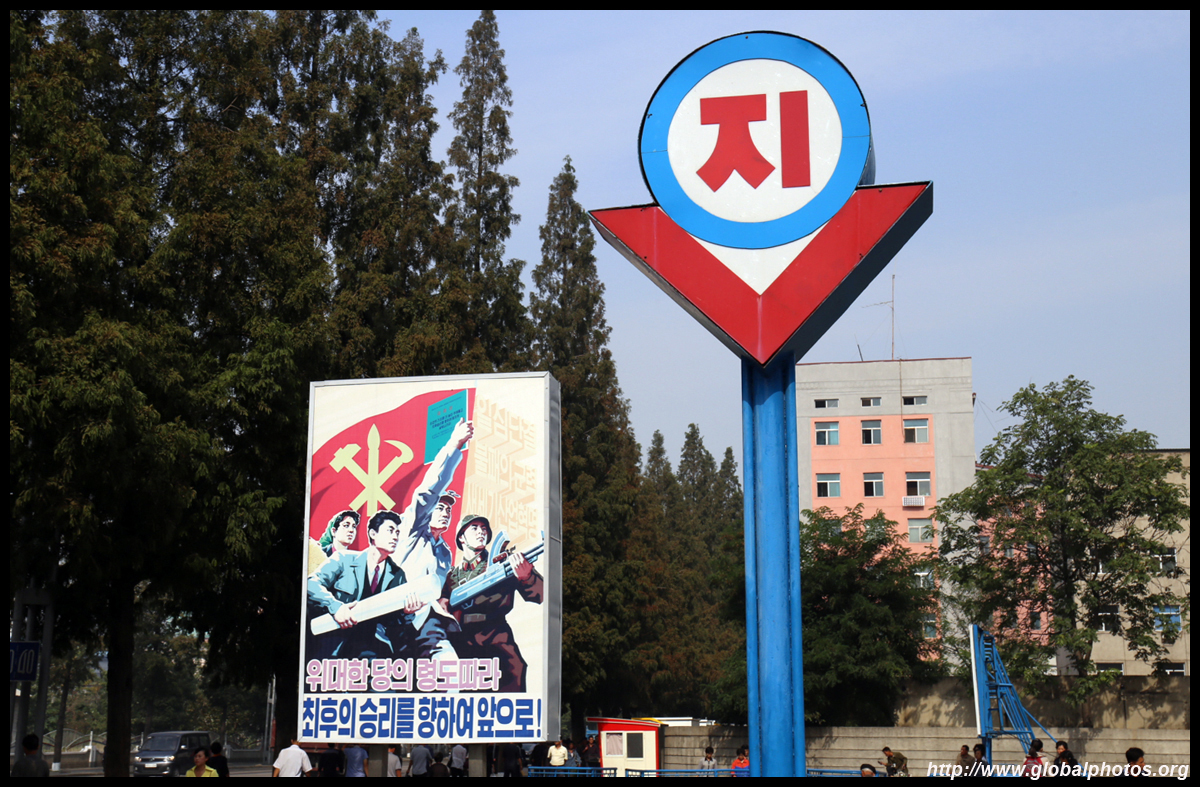
With no advertising, beautiful landscape paintings adorne bus shelters.
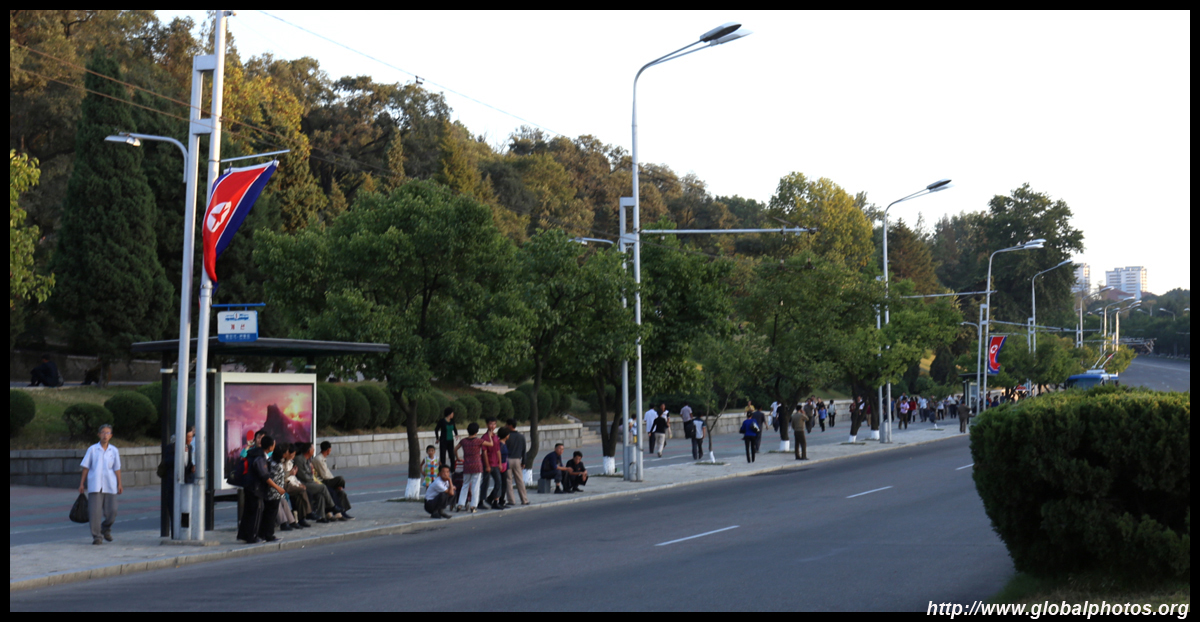
I wanted to photograph more of these propaganda drawings, and I was not disappointed. They had plenty at the film studios as well.
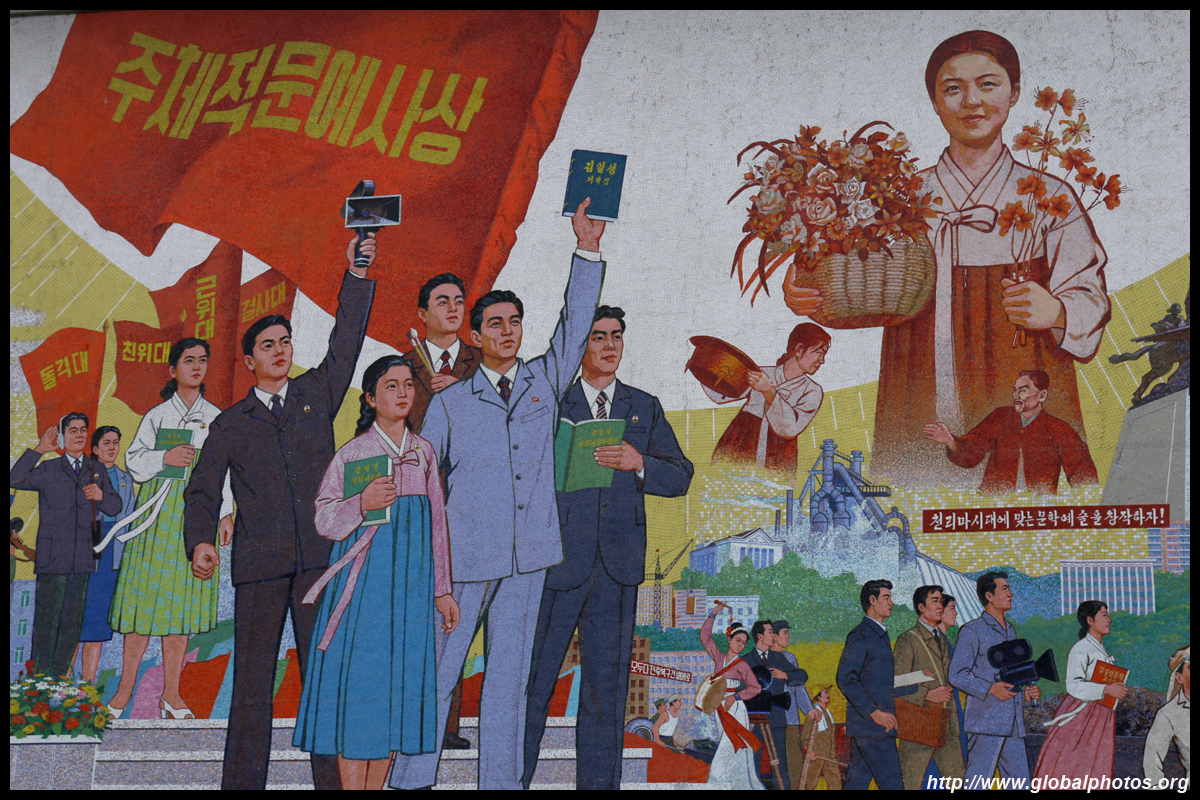
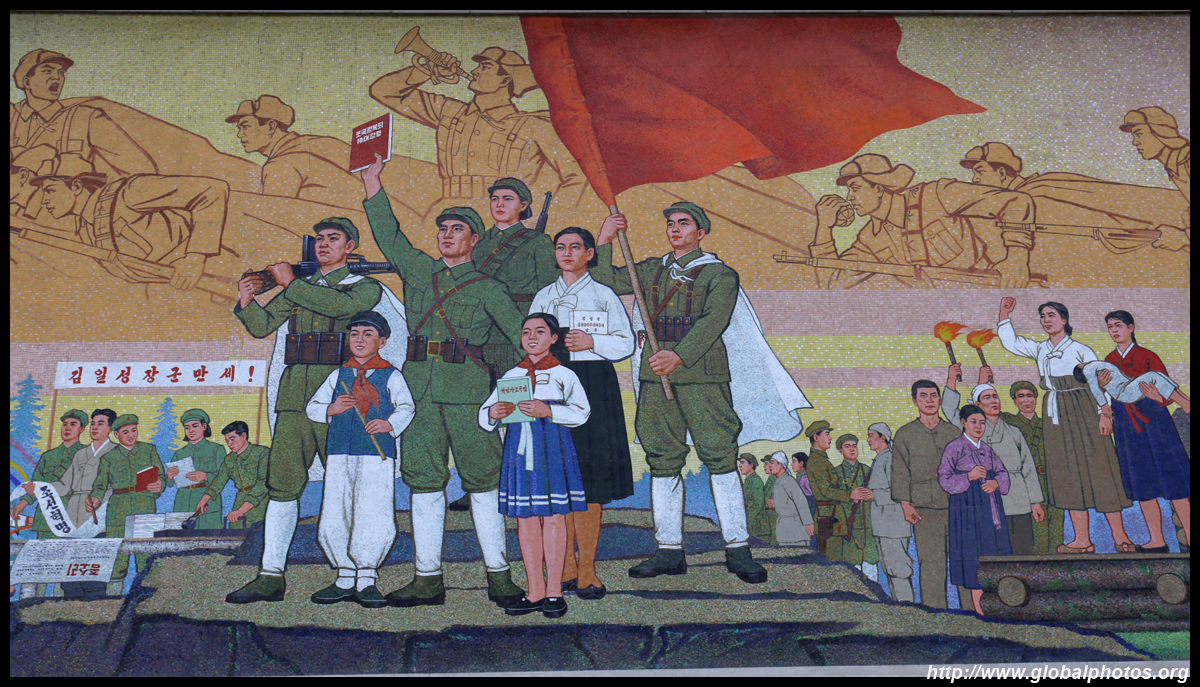
The film studios had an outdoor "Japanese" street. It was a bit odd to see so this. Even some of the actors wanted to pose with us.
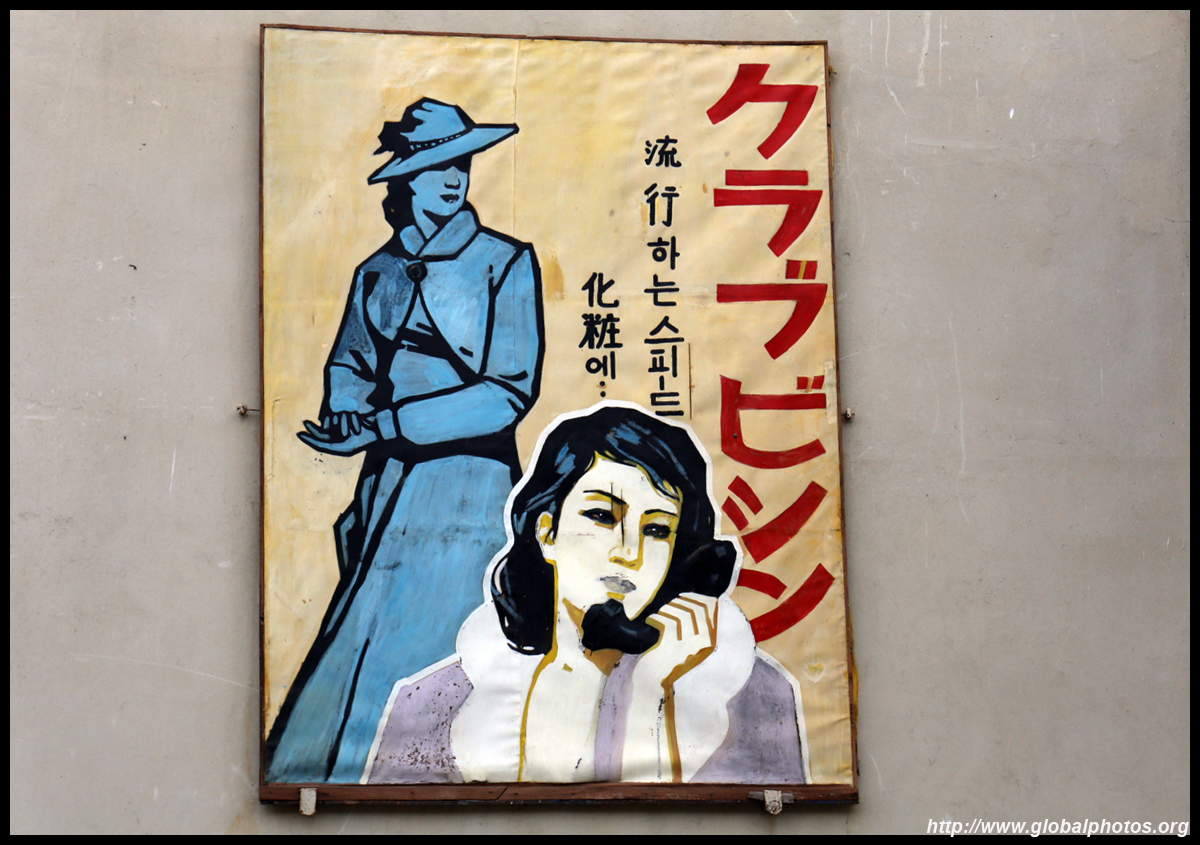
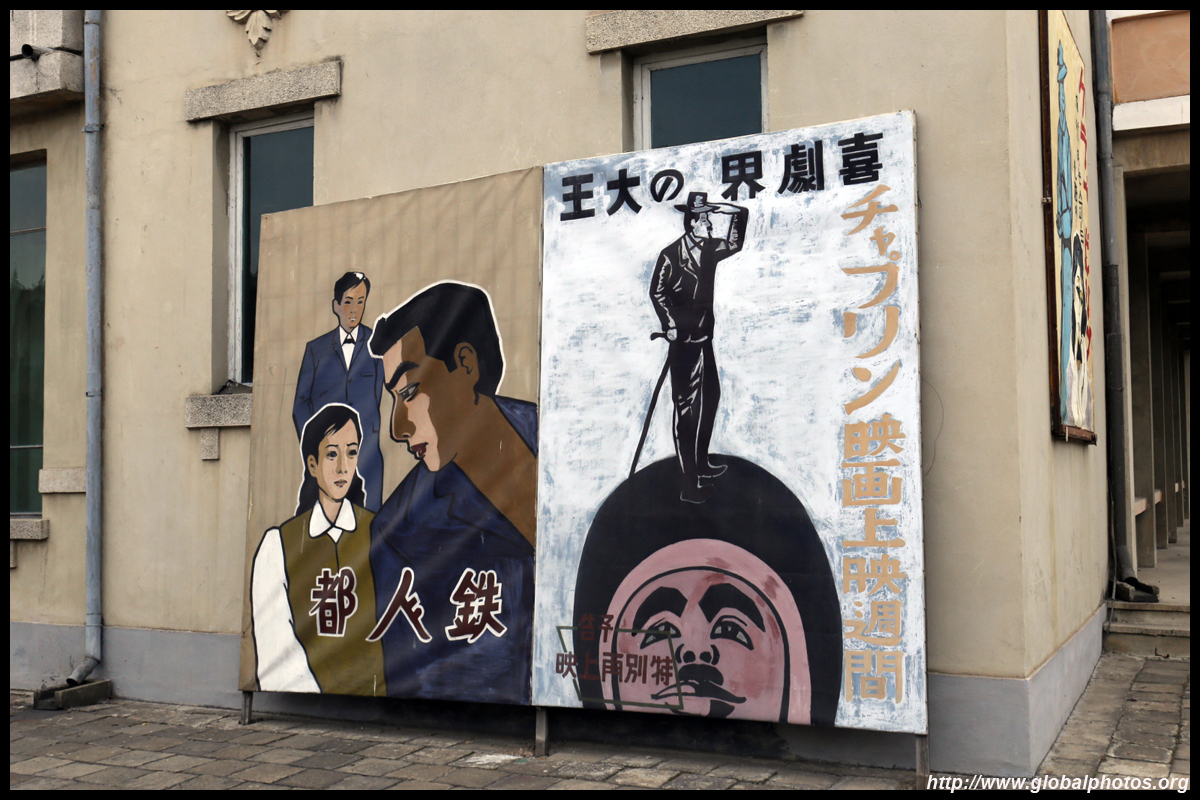
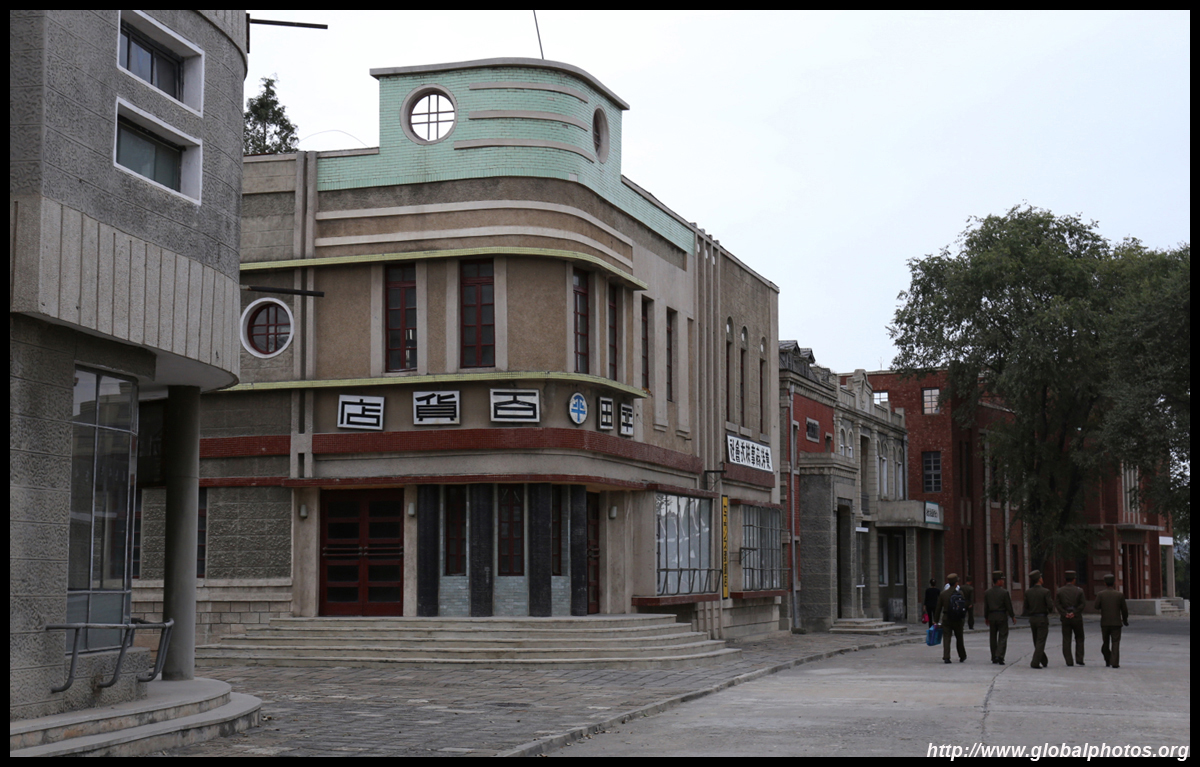
This may look like a typical roll of toilet paper, but at one shop, it was placed next to the expensive ginseng and alcohol for sale. Perhaps this is a roll of premium toilet paper for foreign tourists only?


















































































































































